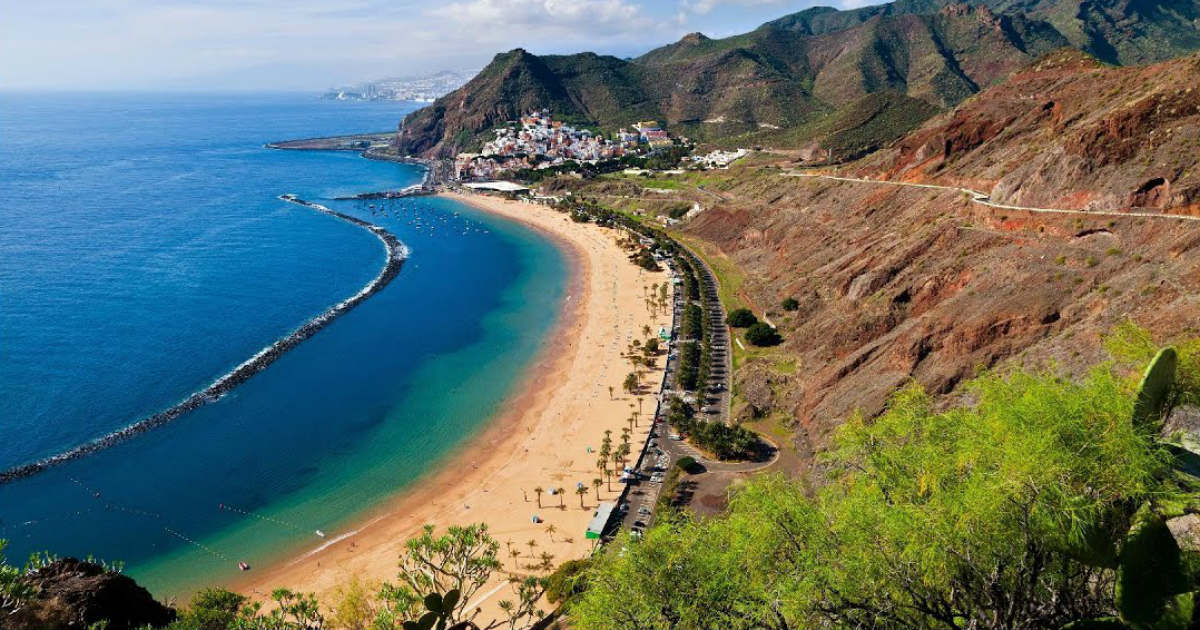La masca: Masca, Tenerife – A Pretty Village Hidden in the Mountains
Masca, Tenerife – A Pretty Village Hidden in the Mountains
The captivating Masca village in Tenerife (Canary Islands, Spain)
The story of Masca valley in Tenerife is the perfect mix of mystery, legends of pirates, and incredible scenery, making Masca befitting of the title of Tenerife’s prettiest village.
Tenerife was the first Canary Islands that we ever visited and we absolutely fell in love with it the day we visited Masca.
- Masca, a village hidden in a valley in the mountains of Tenerife
- Why should you visit Masca in Tenerife?
- Bars and restaurants in Masca
- Masca Canyon hike (Barranco de Masca)
- How to get to Masca in Tenerife
- Parking at Masca
We went to Masca on one of our first drives in Tenerife because it was one of the first things that stood out from the research we had done at that time about the island. I remember the thrill and the combination of fear, amazement, and excitement while we were driving up to Masca for the first time. Many years later, whenever we go back there, we still feel excited and even a bit anxious about the journey.
Masca, a village hidden in a valley in the mountains of Tenerife
The village Masca is situated at a high altitude of around 750 m in the Teno mountains, on the western side of Tenerife.
Nowadays, the village is part of the municipality of Buenavista del Norte and it’s home to around 90 people who still choose to live here.
There are legends that say that a long time ago, pirates used to hide in the valley of Masca, but none of these claims were ever proven. Still, it’s a story that every tour guide loves to tell and this bit of mystery is what makes the village even more attractive to visitors.
Why should you visit Masca in Tenerife?
Take a stroll through the cobblestone paths of Masca in Tenerife
What’s all the hype about Masca and what’s the village like?
Although nowadays it’s a very touristy place, Masca is one of those special places in Tenerife that anyone visiting the island should get to see.
The view from the top of the village is spectacular and by the time you’ll get there you’ll already be amazed (or incredibly scared) by the road you had to take to get there.
It’s all about the breathtaking views, the plants and vegetation (especially if you’re visiting in winter after it’s been raining) and the atmosphere of the place, which is very different from the one in the big resorts, especially if you get there before the bus tours.
Bars and restaurants in Masca
Although it’s a small place with only a few houses, there are some bars and restaurants where you can enjoy lunch with a view or even only a coffee and an almond cake.
Restaurante El Guanche is the best-reviewed restaurant in Masca and offers incredible views from the terrace.
Masca Canyon hike (Barranco de Masca)
Hiking the Masca ravine all the way down to the ocean is now once again possible!
See in our dedicated article all the info needed to do the hike through Masca Canyon, since you will need to go accompanied in a group and them hike back up, as it is not possible to return by boat.
How to get to Masca in Tenerife
The infamous road to Masca village – Exciting and terrifying at once!
You have 3 options to get to Masca village
- By car – rent a car and drive here yourself
- By public transport – there are some small buses (Guaguas) that come here from either Santiago del Teide (no. 355) or Buenavista del Norte (no. 355 and 365).
- By a bus tour, with an organized excursion
If you’re a confident driver, we recommend that you drive to Masca yourself, since the journey there is a huge part of the experience. The road to Masca is incredible with many hairpin turns and twists, so it’s not for beginner drivers or for the faint of heart. The road is also very narrow and there are a lot of big buses circulating with tourist groups, so it can be challenging sometimes.
Most visitors will come to Masca from the south of Tenerife, so you will come from the direction of Santiago del Teide.
Parking at Masca
There is public parking when you arrive at Masca, but the number of parking places is not sufficient for how many tourists arrive here at the same time during the day.
- Advice no.1: Get there early, preferably before 10 – 11 am.
Traffic gets really busy when the bus tours start and it will also be more difficult to find a parking place.
- Advice no.2: Don’t leave anything of value in the car!
Unfortunately, many rental cars have been broken into when tourists stopped to take a picture or wander through the village, so don’t give them a reason to be tempted to break into your car.
Was this helpful?
© Copyright GuideToCanaryIslands 2022. All rigths reserved.
Masca Gorge and the fascinating hike towards the sea
Until the 1960s, the picturesque mountain hamlet of Masca was only accessible on foot or by donkey.
Access road to the remote village of Masca
Masca: the hidden village of Tenerife
Masca is located in the northwest of Tenerife and belongs to the municipality of Buenavista del Norte. The small hamlet has about 80 houses and a hundred inhabitants who originally lived from agriculture. Thanks to tourism, most of them now run casas rurales (rural accommodation), local restaurants, bars and craft shops.
The tiny village is nestled amongst the Teno mountains, one of the oldest geological parts of Tenerife. Rich endemic flora and breathtaking rock formations are results of numerous volcanic emissions eight million years ago.
Small houses in Masca built on the narrow ridges of impressive rock formations
Masca was one of the Guanches last refuges from the Spanish conquistadors in 1496. Sepulchral remains of the aboriginal inhabitants of Tenerife have been found, as well as petroglyphs in roque Tarucho and La Fortaleza. Legends say that the Masca beach was a perfect hideaway for pirates to surprise and take over the ships that arrived from America.
How to get to Masca
By public bus
Masca is located within the Teno Rural Park, a protected natural area. As a result, the access to Masca by car has been restricted in order to reduce the environmental impact of the large number of visitors over the last years. For instance, the new measures allow access only by TITSA public bus.
You may take the line 355 straight to Masca, which takes about 15 minutes from Santiago del Teide and 40 minutes from Buenavista del Norte. On the bus you can pay in cash, by credit card or with the electronic transport card TEN+. Obtain the latest bus timetable from the bus stations or from the TITSA website.
When you get off the bus you will see the striking Roque de Catana
By bicycle
A ride to Masca is quite a challenge. You can start in Santiago del Teide or Buenavista del Norte. Coming from Santiago del Teide you will ascend a mountain slope to the Degollada de Cherfe (1,057 m) where the viewpoint Mirador de Masca is located, before plunging down towards the village of Masca. From Buenavista del Norte you will have to overcome 14 kilometers of demanding climb with slopes between 13% and 20%.
Although the cycling tour to Masca is surely an unforgettable experience, it is also very technical and requires a good condition and experience riding major mountains.
Cycling to Masca requires experience in mountain tours and a good physical condition
Hiking
We think there is no better way to explore the surroundings of Masca than by wandering on foot. Plenty of hiking trails of different level bring you to and around Masca. From Santiago del Teide, an exciting ridge walk over the Cumbre de Bolico (the meteorological divide between the north and south) leads you to the mountain hamlet of Masca with wonderful views into the Masca Valley and out to the island of La Gomera. If you come from the north, you may start your walk in El Palmar Valley and enjoy the spectacular, rugged scenery of this less visited area of Tenerife with a 4 hour walk.
Your host and professional mountain guide in Tenerife will gladly design you a tailor-made tour proposal. Just contact Sergio Walking Tours.
Top Tour Masca with Sergio Walking Tours
Things to See and Do in Masca
Plaza de Masca
A huge Indian laurel stands out on this picturesque village square.
The idyllic and tiny Masca Church
Masca Museum
The building of the small museum is speculated as being an old school for the Guanches. In this Ethnographic Museum you can see up close and inside what the typical architecture of these farmhouses is like and you can get a firsthand sense of traditional rural life hereabouts. It houses explanatory panels, photographs, primal tools and unique artifacts of this isolated Guanche settlement.
The museum of Masca is situated just behind the plaza
Traditional Architecture of Masca
To walk around Masca is to get an in-depth understanding of its rich history and culture. Steep walls rising on either side of the village add to its beauty. Marvel at the construction of the traditional houses, resting precariously in narrow crooks of the ravine. Its stone dwellings stand out for their simplicity and modesty, made with very thick walls based on carved ashlars, as well as the use of masonry and wood.
These constructions were expanded according to the needs, which caused misalignments in the original layout and certain problems of connectivity between the old and new rooms. In general, all buildings are well oriented according to the climate and perfectly integrated into the landscape. Delight in this rural atmosphere where the peasant life and the serenity of its inhabitants have been maintained until today.
Facade of a typical rural house in Masca
Masca Gorge
The famous gorge is open again
On March 27, 2021, the ravine was officially reopened to the public.
Masca Gorge has been closed by the mayor of Buenavista del Norte on February 26, 2018, when a group of hikers decided to descend despite the government’s alert for stormy weather. Due to the heavy rain and winds they had to spend the night in the ravine as they could not be rescued. In the past, several fatal accidents occurred due to reckless behavior of visitors.
As a consequence and to manage the risk of this hiking trail, the whole path through the ravine was transformed, providing it with photovoltaic panels, signage, stone steps, railings and a visitor centre.
The Masca Gorge connects the village with the beach
Being one of the most popular walks on Tenerife, the 5 km canyon is geologically very interesting. The trail passes through an old dam and alongside different water channels built on the banks of the ravine. Discover how wind and rain have built bizarre volcanic rock formations.
Surreal volcanic stone arch known as “the mammoth trunk”
You do not need to be an athlete to descend or climb up the ravine, but a minimum fitness is mandatory, because you have to overcome 600 meters.
Only a few meters from the beach where the gorge ends
Please bear in mind that once down the beach, walking back to the village takes much longer and requires a high level of fitness. In other words, you can take a short boat trip to Los Gigantes marina or to the jetty of Punta de Teno to avoid walking back up the ravine again. However, if you are thinking of using sea transport first, you can also climb up the ravine from the beach to the village.
Flora and Fauna in a unique setting
The Masca Gorge is one of the most important spots in the Teno Rural Park. It is home to a large community of endangered plants and endemic species.
Blooming Cactus Prickly Pear (Opuntia)
With regard to the fauna you can observe some goats at the mountain slopes but also invertebrates like the recently discovered spotted lizard or Teno lizard (Gallotia intermedia). A great diversity of resident bird species live here such as the hoopoe, the Moorish partridge, the falcon as well as mammals introduced from the continent (rats, mice, hedgehogs, rabbits …).
The «guincho», also known as «osprey» is one of the most endangered species in Spain and this area of Tenerife is where you can find 3 of the 7 pairs currently living on the island. In short, this gives you a clear image of the degree of vulnerability of this species.
The Masca Gorge is home to 3 pairs of osprey currently living on Tenerife
Masca Beach
The secluded, small beach offers rocks and black volcanic sand.
Rocky beach at the end of the Masca Gorge
How to organize your walk through Masca Gorge
- ATTENTION: We do not sell tickets!
- Make your reservation online and get your ticket on the official website Masca Gorge Trail
- From Buenavista del Norte and Santiago del Teide you will access by public transport with the TITSA 355 bus line. Check TITSA timetable
- Book your room at Tabaiba Guesthouse in Buenavista del Norte, the ideal starting point for your Masca visit.
Panoramic views over the Masca Gorge with La Gomera at the horizon (hike with Sergio Walking Tours)
Alternative trails around Masca Gorge
The Masca Gorge is after Teide National Park the main attraction for Tenerife visitors. Due to its fame, it is not always possible to get a reservation in time.
Your host Sergio is a professional mountain guide who organizes private excursions in the surroundings of the Masca Gorge and has designed a special hike for you: Top Tour Masca. Get more information here and make your reservation.
We look forward to welcoming you soon!
Karin and Sergio
Visit Masca, the most beautiful village on Tenerife
X
In order to give you the best search results, please select a destination before searching, e.g. “Costa del Sol” or “Barcelona”
Understood
X
In order to give you the best search results, please select an arrival and return date before searching.
Understood
Guests0+1+2+3+4+5+6+7+8+9+10+11+12+13+14+15+16+
Guests
Price from
€ 0€ 100€ 150€ 200€ 250€ 500€ 750€ 1,000€ 1,250€ 1,500€ 2,000€ 3,000€ 4,000€ 5,000€ 6,000€ 7,000€ 8,000€ 9,000€ 10,000
£ 0£ 100£ 150£ 200£ 250£ 500£ 750£ 1,000£ 1,250£ 1,500£ 2,000£ 3,000£ 4,000£ 5,000£ 6,000£ 7,000£ 8,000£ 9,000£ 10,000
$ 0$ 100$ 150$ 200$ 250$ 500$ 750$ 1,000$ 1,250$ 1,500$ 2,000$ 3,000$ 4,000$ 5,000$ 6,000$ 7,000$ 8,000$ 9,000$ 10,000
Price to
€ 0€ 100€ 150€ 200€ 250€ 500€ 750€ 1,000€ 1,250€ 1,500€ 2,000€ 3,000€ 4,000€ 5,000€ 6,000€ 7,000€ 8,000€ 9,000€ 10,000
£ 0£ 100£ 150£ 200£ 250£ 500£ 750£ 1,000£ 1,250£ 1,500£ 2,000£ 3,000£ 4,000£ 5,000£ 6,000£ 7,000£ 8,000£ 9,000£ 10,000
$ 0$ 100$ 150$ 200$ 250$ 500$ 750$ 1,000$ 1,250$ 1,500$ 2,000$ 3,000$ 4,000$ 5,000$ 6,000$ 7,000$ 8,000$ 9,000$ 10,000
Per week
Per night
Facilities
Pool
Wi-Fi
Sea views
Air conditioning
Dishwasher
Washing machine
Pets considered
Parking
Heating
Terrace
Cable or Satellite TV
Wheelchair accessible
Jacuzzi
Property type
AllApartmentVillaCountry homeBed and breakfastYacht
Bedrooms
All0+1+2+3+4+5+6+
Bathrooms
All0+1+2+3+4+5+6+
Distance to the beach
AllUp to 100 metersUp to 300 metersUp to 600 metersUp to 1000 metersUp to 1500 metersUp to 3000 metersUp to 5000 metersUp to 10000 metersUp to 15000 meters
Distance to airport
AllUp to 5 kmUp to 10 kmUp to 15 kmUp to 20 kmUp to 30 kmUp to 40 kmUp to 50 kmUp to 60 kmUp to 70 kmUp to 80 kmUp to 90 kmUp to 100 km
Distance to shops
AllUp to 100 metersUp to 300 metersUp to 600 metersUp to 1000 metersUp to 1500 metersUp to 3000 metersUp to 5000 metersUp to 10000 meters
Clear filter
advancedFilter” data-ng-click=”search.toggleAdvancedFilter()”>More search options
by Jack Montgomery
Last updated:
in
Tenerife
Nature & outdoors
by Jack Montgomery
1. Jul 2015
(20. Sep 2018)
Having walked extensively across all the Canary Islands, I’d claim that not only is Masca the most beautiful village in Tenerife, it’s the most beautiful in the Canary Islands.
When anyone asks what are the must-see places on Tenerife the reply is automatically ‘Mount Teide’, quickly followed by ‘Masca’. The tiny hamlet, hidden in the folds of the ancient Teno Massif in the west of Tenerife, is one of those places where no amount of poetic description can prepare first-time visitors for the reality of its beauty. When you rent a villa in Tenerife, don’t miss out on this awe-inspiring village.
It’s a gasp inducer if ever there was one.
For more ideas on top attractions on the island, take a look at our pick of the 10 best free things to see and do on Tenerife.
How to get to Masca
Part of the ‘WOW’ impact of visiting Masca is the journey to get there. The easiest route (easy being a relative term) from Tenerife’s southern resorts is via Santiago del Teide, itself a contender for inclusion in the top 10 picturesque Canarian villages.
From Santiago, a narrow road winds up to a small pass with views into a fantastical land.
On the way down there are a couple of natural viewpoints which are handy for a breather and which also allow car drivers a few moments to wallow in what is one of the most spectacular scenes anywhere, whilst one eye will spot the intestine of a road that still lies ahead.
It’s only five kilometres from Santiago del Teide, but the drive feels an awful lot longer.
See our list of the top 10 views on Tenerife for more suggestions of places to be ‘wowed’.
Why visit Masca?
The obvious answer is because the location is exceptionally beautiful.
What makes Masca stand out from other hamlets in remote beauty spots on Tenerife is the fact that the main centre runs along a ridge underneath a bullet-shaped pinnacle that lends it a mini Machu Picchu look. Steep ravine walls rising on either side of the hamlet add to the drama and La Gomera framed in the V of the ravine leading west to the ocean is a bonus.
Guides have spun colourful tales about the small community, suggesting it was once a pirate village; not a claim that goes down well with residents. But there is an intriguing air about Masca, aided and abetted by tales of witchcraft and legends (this time from local records rather than the over-active imagination of tour guides).
Most visitors arrive on excursions, having a quick wander round and taking a few photographs before heading off to another attraction.
Although a visit to Masca is memorable in itself, a way to make it even more so is to hike from the hamlet through the Masca Barranco to the ocean and a waiting boat nearly 3 hours down the trail.
It’s one of the best things to do in Tenerife: a wondrous route, descending beside trickling streams and jade pools, cane thickets and swaying palm fronds whilst all the time the ancient barranco walls close in ominously above.
Combine a visit to Masca with the walk through the ravine and not only do you get to enjoy one of the most stunning views in the Canary Islands, you also get one of the most incredible travel experiences into the bargain.
If you’re into exploring holiday destinations on foot, check out the best areas for walking on Tenerife.
Tenerife North – Discovering Garachico, La Oratava, Masca and more
Tenerife, the largest of the Canary Islands, has a cultural, traditional side which is often overlooked but is well worth discovering. My recent visit to north Tenerife had me falling in love with an authentic and wildly beautiful side of the island that needs to be explored.
Masca, Tenerife
I’ve long been a lover of Tenerife with its winter sunshine and wealth of things to do, but I’d never paid much attention to the north of the island. How I wish I’d not dallied so long in the south.
Head to the north of Tenerife and you’ll find verdant valleys and dramatic gorges peppered with prickly pears, pine forests and terraces of lush vegetation. North Tenerife towns are home to brightly painted homes with beautiful wooden balconies overlooking narrow streets. Historical plazas with heritage buildings, palm trees and bougainvillea spilling over the walls are easy on the eye.
Nature lovers and walkers will love Tenerife’s north coast, natural sea pools, hiking trails, Mount Teide and the magnificent Teide National Park which is a UNESCO World Heritage site. For foodies there’s authentic Tenerife cuisine and enough wineries to keep the fussiest of oenophiles happy. But first…
I visited Tenerife as a guest of Tenerife Tourism whilst attending British Guild of Travel Writers AGM.
Where is Tenerife?
Contents
La Oratava, North Tenerife
Tenerife is part of the Canary islands in Spain. The islands sit in the warm waters of the Atlantic Ocean just off the coast of north west Africa.
There are seven islands in the archipelago which includes Lanzarote, Gran Canaria, La Palma, La Gomera, Fuertaventura and El Hierro.
Things to do in North Tenerife
Let’s explore some of the best things to do in Tenerife North…
Garachico, Tenerife
Garachico, Tenerife
Garachico is said to be one of the prettiest towns in Tenerife but also the unluckiest.
A week long volcanic eruption from Montana Negra in 1706 saw rivers of lava flow down the hills and through the town blocking off the port and ending commercial trade. The port at Santa Cruz took over the role and Garachico was left to quietly rebuild itself.
Garachico, Tenerife
Garachico sits on north coast Tenerife sheltered by a dramatic 500 metre (1500 ft) cliff. It’s one of the oldest, and was once the wealthiest, town in Tenerife founded by a Genoan banker in 1496. At that time, it was home to the island’s main commercial port and was an important trading post between Europe, Africa and the Americas.
Garachico makes a fabulous day trip for visitors staying in the south of Tenerife. Read about the town’s highlights…
>>> Looking for somewhere to stay in Tenerife? Check rates and availability
El Caletón natural sea pools, Garachico
Garachico natural sea pools
What nature took from Garachico with one hand it gave back with the other.
The Castle of San Miguel
Sitting next to the natural pools you can’t fail to spot the Castle of San Miguel. Built in 1575, the solid structure miraculously survived the 1706 eruption with the lava skirting right round it.
Built to protect Garachico from marauding pirates, the castle is now a protected monument and home to a museum and the Heritage Information Centre. Inside you’ll learn about the town’s history and the events that shaped it. Open daily 10:00 hrs to 18:00 hrs.
>>> Looking for somewhere to stay in Tenerife? Check rates and availability
Plaza de la Libertad, Garachico
Garachico, north Tenerife
At the heart of Garachico is Plaza de la Libertad, which has an authentic Spanish feel. The plaza is lined with palm trees and many of the town’s heritage buildings.
You’ll find Iglesia de Nuestra Señora de Los Ángeles church which now houses the Natural Science and History Museum and the Iglesia de Santa Ana church, with its white clocktower. The plaza is also home to Casa de Piedra, or Stone House, named for its stone façade, and Garachico Town Hall.
A small garden sits under a canopy of Indian Laurels and I wanted to linger and soak up the authentic Spanish feeling that the plaza invokes.
Pretty cobbled streets lead off from the square and one will lead you to a small but interesting park…
Puerta de Tierra Park
Visit Puerta de Tierra Park where you can still see the arch of the gateway to the old port where the sea once lapped the shore. There’s also a bust of the Cádiz-born poet Rafael Alberti in the park and an old wine press from the Hacienda de San Juan Degollado.
>>> Looking for somewhere to stay in Tenerife? Check rates and availability
Santa Ana ChurchPuerta de Tierra Park
Where to stay in Garachico, Tenerife north
There are a couple of lovely hotels in Garachico located in heritage buildings as well as many other accommodation options.
Hotel La Quinta Roja sits right in Plaza de la Libertad with traditional restaurants and café bars nearby so it’s in a great location. The 16th century mansion was owned by the Marquis of Quinta Roja, who founded the town and port 500 years ago.
Hotel La Quinta Roja, Garachico, Tenerife
Another excellent option nearby is the Gara Hotel which is just a few steps away from the oceanfront and natural pools. Gara Hotel is an 18th-century mansion with original features and heaps of rustic charm. Some of the 14 rooms come with sea views.
With just 20 rooms this gorgeous two-storey boutique hotel combines historic features with a modern twist. Rooms lead off from an inner courtyard and patio area and you’ll find wooden ceilings, a watchtower, good food and exceptional service.
Gara Hotel, Garachico, Tenerife
>>>Check availability and rates for more accommodation options in Garachico
<div data-gyg-href="https://widget.getyourguide.com/default/activities.frame" data-gyg-locale-code="en-US" data-gyg-widget="activities" data-gyg-number-of-items="4" data-gyg-cmp="TFSNwidget" data-gyg-partner-id="FCXXC6Y" data-gyg-placement="other" data-gyg-tour-ids="48523,221595,14591,407436"></div>
Teno Rural Park and the hamlet of Masca
The hilltop hamlet of Masca sits in a steep ravine in the North West of the island and is part of Teno Rural Park. It’s not strictly Tenerife north but north west, and it’s a must-do day trip from the south so I’m adding it here. Thank me later.
The village of Masca, Tenerife
Masca, one of the best things to do in north Tenerife
Masca is probably the most beautiful village in Tenerife, if not the Canary Islands, with incredible viewpoints. It’s also the most rural. Set amid tall mountains you’ll wonder how people ever settled here but look at the dramatic scenery and lush vegetation and you’ll get an idea why they made it work.
In the village you’ll find some craft shops, a bar and a tiny church and there’s a walk along the back of the village with fabulous views through the valley and out to sea.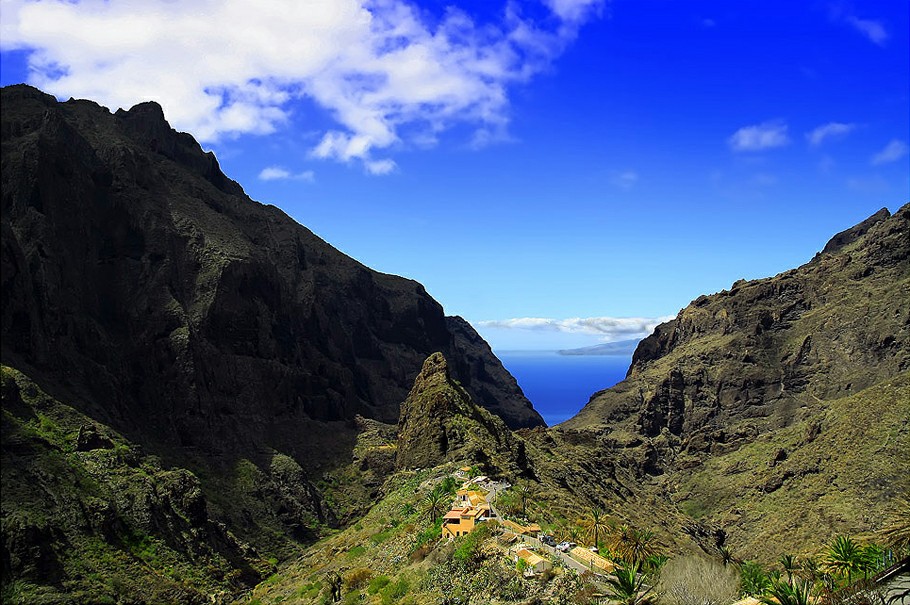
The Masca Gorge
Hikers can take on the Masca gorge hike to the Barranco which is 5 km each way or around 6-hours depending on fitness levels. Before the days of transport, the women of Masca used to carry baskets of produce down the gorge. At the Barranco they’d trade produce with the fishermen before carrying it all the way back again. If the full hike is a bit much, when you reach the Barranco you can take a boat to Los Gigantes.
>>> Looking for somewhere to stay in Tenerife? Check rates and availability
Masca, Tenerife
Masca isn’t the easiest place to get to and there wasn’t even a road until 1991. It’s a tricky drive with a number of tight switchbacks on the serpentine road. You’ll need a hire care and you’ll need to take it slowly but it’s worth the effort. Of course, you can book a tour to Masca which makes things a whole lot easier. I’ve visited Masca both ways and either is just as good.
If you’re looking for somewhere to stay in the village, a number of homes have been converted into guest houses and B&Bs in Masca.
Traditional Tenerife Cuisine
If you’ve got car hire and are visiting Masca from the north and taking the TF436 there are two stops you should make en-route.
The first stop is for lunch at Meson del Norte. The restaurant serves traditional Tenerife and Canarian food served with a contemporary twist and there’s an outdoor terrace with fabulous views.
Montaditos sweet potato and codPapas ArrugadaBarraquito CoffeeRestaurant Meson del Norte
I can highly recommend ordering a selection of small plates. The Montaditos sweet potato and cod is excellent as is the Canarian grilled cheese and when in Tenerife Papas Arrugada with mojo sauce should definitely be on the menu.
Finish off with a Barraquito coffee served with a dash of Spain’s number one liqueur ‘Liqor 43’, made with oranges and lemons. If you’re the driver, ask and they’ll serve you a Virgin Barraquito.
Mirador Altos de Baracán
Mirador Altos de Baracán
A few minutes’ drive away on the road to Masca is the spectacular Mirador Altos de Baracán which looks over the lush rugged landscape towards the sea and the island of La Gomera in the distance.
Read more >>> Tenerife in January – what to see and do
La Oratava, Tenerife
La Oratava, Tenerife
La Oratava is famous for traditional wooden balconies and Canarian architecture and is the main reason I visited. But when I got there I found so much more and spent the whole afternoon exploring. The old town has narrow cobbled streets, pastel painted houses with wooden framed windows. It’s well worth a wander.
House of Balconies, La Oratava
Casa de los Balcones
La Casa de los Balcones or the House of Balconies is a traditional grand mansion house with intricately carved balconies that the Canary Islands are known for. It’s also an important Canary Island lacemaking and craft centre.
Visit the 17th century mansion’s tranquil courtyard and the long balcony but first take a tour of the house. Peek inside the drawing room, dining room and kitchen which remain much as they were when the house was occupied.
The courtyard was my favourite spot and I’d have happily sat there, amid the tropical plants and birdsong all afternoon. You’ll get the best views of the façade of the ‘asobrada’ or tall house looking up from the courtyard.
The three-story hand-crafted balcony is supported by tall columns carved from pine heartwood and features flower motifs and intricate patterns. The upper gallery is one continues balcony and you’ll see the coat of arms of the Fonesca family above one of the windows.
On leaving you’ll pass through the home of Canary Islands lacemaking. Traditional lacemaking is undertaken in strict accordance with centuries-old techniques which are learned during lacemaking workshops at the house. Lace is also available to buy if you’d like to take home a hand-crafted Tenerife souvenir.
- Address: Casa San Francisco, 3, 38300 La Orotava, Santa Cruz de Tenerife, Spain
- Hours: Open daily from 08:30 – 18:00 hrs
- Entry: €5
Jardines Victoria, La Oratava
Views to the coast and Puerto de la Cruz from Jardines Victoria, La Oratava, Tenerife
If you’re looking for gorgeous views to the coast and over Puerto de la Cruz then head to Victoria Gardens aka Quinta Roja.
The flower-filled gardens, fountains and tiered lawns are topped by a marble mausoleum built for a local nobleman.
Next to the Victoria gardens is the Liceo de Taoro, an impressive looking former palace. Occasional art exhibitions are held here, it’s free to enter, and there’s a lovely café if you’re ready for refreshment.
If you’d prefer a drink outside then head down the hill from the gardens and you’ll come to Constitution Square, home to an ornate neo-Mudejar style bandstand. A kiosk serves drinks and tapas and its popular with locals. A few steps away is the 17th century Church of San Augustin.
Hijuela del Botánico – La Oratava Botanical Gardens
La Oratava’s tiny botanical garden was once the garden to a convent. It sits behind the Town Hall and is packed with colourful flowers, plants and a huge Dragon Tree.
- Hours: 09:00 – 18:00 hrs Monday to Friday
- 10:00 – 15:00 hrs on weekends and festivals.
La Orotava is also famous for its colourful flower and volcanic sand floor murals that are displayed on the streets and squares for Corpus Christi festival. One of the biggest can be found outside the Town Hall.
La Oratava is about 12-15 minutes by taxi from Puerto de la Cruz or the local bus (number 363) will get you there in around 20 minutes. La Oratava is quite a big town but the old town is where you’ll find all the main attractions so head there.
Where to stay in La Oratava
You’ll have a lot more choice if you stay in nearby Puerto de la Cruz, the main tourist town in north Tenerife. It’s only a short bus ride from La Oratava. Read on for things to do in Puerto de la Cruz.
Puerto de la Cruz
Puerto de la Cruz, Tenerife
Colourful buildings, street art trails, botanical gardens, palm-filled plazas and a buzzing port area make Puerto de la Cruz a great base in north Tenerife.
Puerto de la Cruz is also host to the famous Tenerife carnivals, one takes place February -March on the usual Mardi Gras dates just before lent and the other is the summer Carnaval de Verano.
Street Art in Puerto de la Cruz
Raúl Ruiz pays tribute to the culture and origin of the Canary Islands in this street mural
One of the best free things to do in Puerto de la Cruz is the street art walking trail – like a huge open air art gallery. Head to Barrio de la Ranilla the charming fishing neighbourhood and you’ll find around twelve impressive murals and street art by local and international artists.
The Urban Development Consortium for the Rehabilitation of Puerto de la Cruz collaborated with the Department of Culture and the Department of Urbanism in 2014 to carry out a project to improve the appearance of the area and the murals are the colourful and thought provoking result.
Look up, look behind you and down every alleyway to see the murals. You might also spot houses with fish painted on them to signify the owner’s occupation. The top storey of one building is entirely clad in crocheted squares. There are some interesting little craft shops and loads of cafes and restaurants in the area.
Sabotage of Assembly – “Ritual”
I love how the colours in the work above reflect the surroundings.
This tour is a must on your list of things to do in Puerto de la Cruz for street art fans. Pick up a map from the Tourist Information Centre or download this PDF map of Puerto de la Cruz street art. Many of the murals have information signs with QR codes.
Puerto de la Cruz Botanical Gardens
Botanical Gardens, Puerto de la Cruz
The 17th century Jardín Botánico is a shaded space to enjoy during the heat of the day. Spend an hour strolling along the paths lined with exotic flowers, sit by ponds floating with brightly coloured lilies and marvel at the towering Moreton Bay fig tree.
Jardín Botánico is located on Calle Retama which was a few minutes’ walk from our hotel but if you’re staying near Puerto de la Cruz’s old town it’s a steep half hour walk uphill. Bus 103, 30, 345 or 363 from the bus station will also get you there.
- Address: .C Retama, 2, 38400 Puerto de la Cruz, Tenerife
- Hours: Daily 9:00 – 18:00 hrs
- Entry costs €3
If you enjoy gardens then you may also want to visit the Orchid Garden. You’ll find orchids galore along with Puerto de la Cruz’s oldest dragon tree (drago tree) at Jardín de Orquideas de Sitio Litre. It’s just a ten-minute downhill walk from the Botanical Gardens so it makes sense to visit both but note that it’s closed from 14:30 hours daily and all day Monday.
- Address: Cam. Sitio Litre, 16, 38400 Puerto de la Cruz, Tenerife
- Hours: Tuesday-Sunday 09:30 – 14:30 hours. Closed Mondays
The historic fishing harbour
The harbour at Puerto de la Cruz
Puerto de la Cruz started life as a fishing village and the old harbour, close to La Ranillo, still exists.
Pay a visit to the Old Customs House overlooking the harbour. It houses The Museum of Contemporary Art (MACEW) upstairs and the Tourist Information Office downstairs.
The 17th century Castillo San Felipe Fort, built to protect the city from pirates, is next door which nowadays hosts exhibitions and art performances. Check out the ornate canons aiming out to sea and the wild Atlantic Ocean waves crashing onto the rocks below.
Lago Martianez
Lago Martianez in Puerto de la Cruz, Tenerife
If you don’t like the idea of a beach day at Playa Jardin, it gets a bit choppy, then head to Lago Martianez which is altogether more relaxed and calmer.
The huge lido complex is made up of four large pools and three children’s pools which are filled with filtered sea water. The largest pool is 15,000 m2 and has five islands within it. The Costa Martianez Tourist Complex, as it’s officially known, was created by Spanish artist César Manrique and there are several of his sculptures located around the area.
Gardens and terraces of sun loungers surround the pools and small islands and there are bars and restaurants serving refreshments.
- Address: Av. de Cristobal Colón, s/n, 38400 Puerto de la Cruz, Santa Cruz de Tenerife, Spain
- Hours: Daily 10:00 – 19:00 hrs.
- Entry is €5.50 for adults and € 2.50 for children up to 10 years.
Note: Sun loungers are included in the price, but additional charges apply for child deckchairs, sunshades and Jacuzzi use.
Where to stay in north Tenerife
Hotel Botanico and Oriental Spa Garden, Puerto de la Cruz
We stayed in Puerto de la Cruz at the gorgeous 5-star Hotel Botanico and Oriental Spa Garden. The food is excellent and the three pools, beautiful gardens and excellent spa facilities make it a luxurious base from which to explore north Tenerife.
Check rates and availability of Hotel Botanico and Oriental Spa Garden.
Hotel Botanico is a 30-minute walk from the old town. If you wish to stay closer to the old town, check out various Puerto de la Cruz hotel and accommodation options and availability.
Tips for visiting north Tenerife
How to get to Tenerife
Tenerife is just 4.5 hours away with a huge choice of direct flights departing from all over the UK. Flights are available right through the year and include many low-cost airlines. Easyjet have great deals on flights to Tenerife. British Airways, Ryanair and Jet2.com also fly into Tenerife. It’s worth checking on Aviasales for cheap flights.
There are two airports in Tenerife – Tenerife North (Ciudad de La Laguna airport) and Tenerife South (Reina Sofia airport). International flights fly into south Tenerife where most of the beach resorts like Costa Adeje, Playa de las Americas, Los Gigantes and Los Christanos are located.
Tenerife North airport is for domestic and inter-island flights only so you’ll need to book a transfer to the north of the island when you land in Tenerife South.
Getting from Tenerife Airport to Puerto de la Cruz
If you plan to visit more than a few places on the island then it’s worth renting a car at the airport on arrival.
If you’re not going to hire a car then you have a few other options. TITSA, the Tenerife bus service. To get from Tenerife South Airport to Puerto de la Cruz take the bus number 343 which will get you there in around 90-minutes for around €14-€17. The bus runs four times a day but less frequently at weekends.
A taxi from Tenerife South Airport to Puerto de la Cruz will cost around €100.
Puerto de la Cruz
The weather in North Tenerife
What’s the weather like in the north of Tenerife? It’s the question everyone one asks so here we go. The north of the island isn’t as warm as the south but it’s till good. North Tenerife sees a mild climate year round with plenty of sun. It can be cloudy and has more rain than the south, the lush green hillsides are testament to that, but it’s still warm with plenty of sun.
I visited for a week in April and didn’t see any rain at all.
<div data-gyg-href="https://widget.getyourguide.com/default/city.frame" data-gyg-location-id="350" data-gyg-locale-code="en-US" data-gyg-widget="city" data-gyg-partner-id="FCXXC6Y"> </div>
As you can see there’s a lot to see and do in Tenerife north. I hope you’ve enjoyed this taste of the north and the island’s more cultural side. I’ve just mentioned a few of the places I’ve personally visited but there’s a lot more to see including Anaga Rural Park, Santa Cruz, Tenerife’s capital, and UNESCO World Heritage Site San Cristóbal de La Laguna the island’s former historical capital. I’ll be checking those out on my next visit to north Tenerife.
I visited Tenerife as a guest of Tenerife Tourism whilst attending the British Guild of Travel Writers AGM.
Travel Planning Links
- Plan your trip with maps and guide books
- Get the best deals on flights, compare cheap prices with Skyscanner flight comparison site
- Find the perfect place to stay on Booking.com
- Compare car hire price car rentals
- Explore your destination through local experiences
- If you think you need a visa check with iVisa
- And, finally, please don’t forget to protect you and your trip with travel insurance. I’m very happy with Heymondo
Pin it for later…
Masca Valley in Tenerife – Things You Must Know Before You Go
Some of the links in this post are affiliate links. This means if you click on the link and purchase the item, I will receive an affiliate commission at no extra cost to you. All opinions remain my own.
Sharing is caring!
- Share
- Tweet
One of the most memorable experiences in Tenerife is a hike from Masca village to the Atlantic ocean.
The hike can be self-guided or with a tour. If you have your own car and are fairly independent, I’d suggest going on your own. The hike is pretty straightforward – it’s hard to get lost in a valley surrounded by mountains from both sides.
Probably the best time to visit Tenerife is during winter as it is still warm, but not too hot for a good hike. Here are some more winter sun destinations in Europe to inspire your next trip.
Masca village
Despite the fact that Masca is a small village of approximately 90 inhabitants, it attracts a great number of visitors due to its breathtaking surroundings. The village is located at an altitude of 650 m and is a starting point of the Masca Gorge. The hiking route from the picturesque village through the gorge until the Atlantic ocean takes around 3,5 hours in each direction.
During the day the small village gets busy with tourists. I’d suggest to explore it before the hike in the morning around 11 am or when you get back from the hike in the evening around 5 pm.
The village has an interesting history. Originally it was quite remote and got connected to a road only in 1991. It is surrounded by fertile lands and its community was around 600 at its largest. Currently, most of the inhabitants are getting their income from serving the tourists.
How to get to Masca, Tenerife
The easiest way to reach Masca is by car. You might want to rent a car in Tenerife because that way it is easy to explore the whole island. If you want to read about some ideas for a roadtrip across Tenerife, read this post.
One thing to keep in mind about the hike is that you will have to get back to your car somehow. Either you will have to go the hike both ways to the ocean and back, or you will have to take a water taxi to Los Gigantes and get back to the car by public transportation.
Another way to explore Masca is by getting a guided tour with a shuttle-bus from the resort where you are staying. Most of the resorts have some options for day-trips across Tenerife.
How to hike Masca Gorge
The hiking path goes through the center of Masca village and leads through the gorge all the way to the Atlantic ocean. It is around 6 km long and moderately hard. The path can be sometimes a bit steep and wet, as a small stream runs along with it.
At the narrowest point, the gorge is around 20 m wide and in some places, its sides are around 600 m high. This gives you a feeling that the surrounding nature is great in its magnificence.
The walls of the Masca gorge are full of interesting rock formations in different geometrical forms. Sometimes during a break from vigorous hiking, you might just want to study the forms of rocks created by nature.
You can expect to see not just the lush greenery, but some animals as well. There can be mountains goats, lizards, and brightly colored dragonflies.
In the last kilometer or so from the Atlantic ocean, you will be able to hear the waves without seeing them. The air will get wetter and saltier, sending a message that the hike soon will come to an end. The gorge ends with a nice black sanded beach and a dock for some small ships.
It is possible to hire a water taxi to the nearby Los Gigantes city.
If you have decided to hike back to the Masca village, you have to make sure that you will have enough water at this point. The hike back during the day will be hot. You will be climbing up to around 600 m altitude and there will not be the shadows from the walls of the gorge as there were during the morning. So be careful not to overheat.
What to take on a hike in Masca, Tenerife
The hike in Masca valley is of medium difficulty, so you have to be quite fit to go it both ways. I went on this hike in March, and it was quite hot. Here are some recommendations of what you should take:
- Enough water – at least 2 liters if you are walking both ways;
- Sunscreen;
- Good boots – I hiked in my running shoes, and they got a little wet from the stream along the gorge;
- Some snacks to keep your sugar and energy levels up;
- Swimming suit and a light towel for a refreshing swim in the Atlantic ocean;
- Check out other commonly forgotten items for a one-day hike!
What else is there to do in Tenerife?
These are some of the best things to do in Tenerife:
- Hike Mount Teide
- Learn surfing in Playa De Las Americas
- Experience an adrenaline rush on the Siam Park water slides
- See the magnificent cliffs in Los Gigantes
- Go on a hike in Anaga Rural Park
- And so much more!
With its diverse range of activities and attractions, Tenerife is an ideal destination for visitors of all ages.
Your turn
Do you enjoy hiking? Which has been the most beautiful place, where you have hiked?
Piemonte | Wine Region Guide
Region
Northern Italy
,
Italy
A Guide to Piedmont Wine and Region
Piedmont, in Northern Italy, has rapidly become a renowned region for premium red wines. With highly-acclaimed wines, like Barbaresco and Barolo, Piedmont stands as one of Italy’s most celebrated wine regions.
Piedmont (more formally known as Piedmonte) has an extensive wine history, with many producers taking advantage of the unique climate the region offers.
Considering the area sits at the foot of the Alps, there is a significant cooling influence that adds to the distinct characteristics of the region’s wine. Furthermore, the region borders the French border, which has shaped the winemaking styles and traditions. These French influences have enabled the area to make dramatic winemaking advancements.
Where is the Piedmont Wine Region?
The Piedmont wine region is located in Northwest Italy.
The Piedmont region sits along the Alps and is surrounded by several other regions, including Lombardia and Emilia-Romagna in the east, Liguria in the south, Switzerland in the north, and France in the west.
While these countries and regions have added their own influence on Piedmont, the region has managed to stand its own and set itself apart from any other surrounding area.
What Red Wine is Piedmont Known for?
Piedmont is most known for its red wine from Nebbiolo and Barbera.
Not only is Nebbiolo one of the most planted varieties in Piedmont, but it also forms the pillar for the region’s premium wines.
Barbaresco and Barolo, which are two of the region’s finest red wines, are both made from Nebbiolo.
Both the Piedmont Barolo wine and Barbaresco light in color, but offer vastly different experiences.
Regardless of which style the wine is made, Nebbiolo is most associated with aromas of tar and rose petals, and is enjoyed at its best after several years of bottle ageing.
Other than the renowned Nebbiolo wines, Piedmont also produces several different red varieties that have become iconic Italian wines. This includes Barbera, which has become one of the region’s most planted grape varieties. What separates Barbera from Nebbiolo wines is its ability to drink well even after only a couple of years of ageing. The tannins are naturally softer, while the acidity remains vibrant and fresh.
What White Wine is Produced in Piedmont?
Piedmonte produces white dry and sparkling wine.
Piedmont is famously known for its variety of iconic Italian reds. There are, however, several white wines that are significant to the region.
Moscato d’Asti, for one, is a sparkling sweet white that often offers vibrancy and fruitiness.
Asti Spumante is another Moscato-based sparkling wine made around the region of Asti, but tends to be less sweet and is lightly sparkling compared to the Moscato d’Asti.
The Piedmont white wines that are made in a dry style, are predominantly produced from Arneis and Cortese. Despite these varieties differing greatly, they have both remained in the spotlight as the region’s iconic whites.
Arneis, which is most commonly grown in the region of Roero and Langhe, is not an easy variety to grow. Not only is the grape variety particular about the conditions in which it grows, but it also tends to produce low acidity white, while it easily over-ripens. The wine does, however, offer enticing and exotic aromatics.
Cortese, on the other hand, is not nearly as aromatic as Arneis but does offer refreshing acidity and citrus fruit aromas. This variety is the foundation of the renowned Gavi di Gavi wines.
Where Should You Stay While in Piedmont?
Piedmont offers a range of places to stay.
While travelling through the scenic region, more tourist venues and accommodation options have emerged over the years. While wildly popular hotels and resorts have been established throughout the area, there are also several hostels that offer budget-friendly options.
Some hostel options include:
- Combo Torino
- Bamboo Eco Hotel
While some Hotels include:
- Opera35 Hotel
- Hotel Diplomatic
- Hotel Regina Palace
How Should You Choose Wineries to Visit in Piedmont?
Choose a winery to visit in Piedmont based on your wine preference.
While Piedmont has wineries spread out all throughout the region, each winery offers a different experience and variety of wines. What many of the wineries have in common, is that they are small, family-run estates that often offer intimate wine tasting experiences.
With very few commercial wineries, each wine tasting experience offers an opportunity to gain great insight into the region’s wines and the families that built the reputation that Piedmont now has.
Some wineries in the Piedmont region, include:
- La Ribota
- San Silvestro
- Marco Pontarelli
- Ricossa
- Martini
- Capetta
- Riva Leone
- Gaja
Given the popularity of the region and its wines, several wine tours are available throughout the year. While specific wine tours offer wine tastings and sail tours, other tours focus on visiting individual wineries.
description, content, interesting facts and much more about the movie
Movie Mask
1994
1 hour 41 min.
12+
USA
Fantasy
Comedy
Foreign
FullHD
RUS · ENG
Expand the trailer
Trailer
199000 9000 1 h.
12+
USA
Fantasy
Comedies
Foreign
FullHD
Rus · Eng
The series of comics that served as the basis for the eccentric comedy “The Mask” was notable for such naturalistic scenes of violence, but in the process of working on the picture they acquired an exaggerated, cartoony sound grotesque-cartoon, and this amazing film story, which we offer to watch online, was remembered by the audience. The role of Stanley Ipkiss became for the great Hollywood comedian Jim Carrey a continuation of the benefit performance started a year earlier by the sparkling Ace Ventura, and the image of the fatal beauty Tina Carlisle provided the starlet Cameron Diaz with a good Hollywood start.
The small unremarkable American town of Edge City will soon begin to have a fever that is not childish. A mysterious dude with a breathtaking smile, a peculiar sense of humor and supernatural abilities will begin to put things in order here.
87 minutes
Lonely people are provided with a hostel
actors
1973, USSR, Comedies
102 minutes
Incredible adventures of Italians in Russia
Actors
1982, USSR, Soviet
82 minutes
Be my husband
Actors
1971, USSR, Drama
83 minutes
Gentlemen Lucky
1975, USSR, Drama
9000 87 87 87 minutes
actors
1987, USSR, Musical
93 minutes
The Man from Capuchin Boulevard
2010, Russia, Comedy
73 minutes
Trima Bogatyr0003
2012, Russia, sport
128 minutes
Choice IVI
Legend No. 17
Actors
1974, USSR, Soviet
74 minutes
Incorient LGUN
Actors
1956, USSR, Musical
75 minutes
Carnival Night
actors
1965, USSR, Melodramas
90 minutes
Operation Y and other adventures of Shurik
2012, Russia, Melodramas 39 20120003
Heavenly Court
2020, Russia, Drama
101 minutes
Goodbai, America
2022, Russia, comedies
110 minutes
2018, Russia, melodrama
Golden Horde
2022, Russia, Fantasy
88 minutes
Legends of the Eaglet
2020-2022, Russia, Educational
created with Evie
Bodo Borodo: Travel
2019, Russia,03
2 Monsiki
Actors
2021, Ukraine, comedy
Matchmakers 7
Actors
2022, Kazakhstan, Comedy
75 minutes
Exclusions
Superhegents
2022, Russia, Drama
Marda 9000 9000 9000 9000 9000 9000 9000 -2021, Russia, Comedy
Prostokvashino (2018)
actors
2022, Russia, Detectives
Conclusion
Chuck
Russell
Jim Carrey
0003
Cameron
Diaz
Peter
Rigert
Peter
Green
EMI
Richard
Jeni
Matasen 9000,000 9000 2 olens 9000 2 olens 9000 000 olens
olens Trailer (Russian language)
1 min.
Trailer (English)
1 min.
Fragment 5 (English)
23 sec.
Fragment 4 (English)
42 sec.
Fragment 3 (English)
56 sec.
Fragment 2 (English)
1 min.
Fragment (English)
1 min.
Evie’s Choice
Comedy
Fantasy
HD Movies
Popular Movies
Stanley Ipkiss is a shy and unlucky bank clerk who works at the local bank. He is often ridiculed by those around him, and the only friends he has are colleague Charlie Shoemaker and Milo the terrier. Meanwhile, gangster Dorian Tyrell, a nightclub owner, plans to overthrow his boss Niko. He also plans to rob the bank where Stanley works, for which he sends his girlfriend Tina there to memorize the floor plan.
Stanley immediately falls in love with Tina, and the girl seems to reciprocate. Later, the hero is not allowed into the nightclub where the girl works. But soon he finds a wooden mask near the harbor.
The next night, Stanley turns into the Mask again to meet Tina in the park, but they are interrupted by the police. He initially manages to fool the police, but ends up getting caught by Tyrell’s men, who gets the mask. The villain tries it on, and becomes an evil green monster. Tina visits Stanley in a cage and reveals that she always knew he was The Mask. Tyrell, meanwhile, kills Nico and prepares to destroy the club along with Tina, who betrayed him. Milo helps Stanley escape. Tina manages to get Tyrell to take off his mask, after which Stanley gets it again, who manages to save everyone.
The police blame Tyrell and drop all charges against Stanley. The next morning, the heroes throw the mask back into the harbor, and Stanley and Tina share a kiss.
FUCK!!!
July 20, 2019
Alexander
The film is fantastic! I advise everyone.
March 2, 2020
mblxmblx
I really like it
April 23, 2020
Katerina
I really liked this film and have been watching it for a long time with pleasure.
March 24, 2021
Samsung
Film of Jima
January 10, 2022
Artyom
Jim Kerry unique
April 27 2022
Bondarev_Alexander_Dmitreevich
Very good film !!!! Very good film !!!!
September 15, 2022
Nikita
In the 2020th century, the film does not look as colorful as in the year of its release (well, this is obvious, we admit it, friends). However, in our time, we can appreciate the acting game of a truly outstanding actor Jimm damn his mother Kerry
June 13, 2020




 This is a veiled reference to the case of Rodney King being beaten by police officers, after which riots broke out in Los Angeles. It was one of the first and most famous cases of police misconduct that was caught on camera by ordinary citizens.
This is a veiled reference to the case of Rodney King being beaten by police officers, after which riots broke out in Los Angeles. It was one of the first and most famous cases of police misconduct that was caught on camera by ordinary citizens. 
 In the movie Dumb and Dumber (1994), Jim Carrey’s character says the same thing to a choking man.
In the movie Dumb and Dumber (1994), Jim Carrey’s character says the same thing to a choking man. 


 Then he starts walking forward, and here you can see that part of his shirt has come out of his pants, but in the next frame, the shirt is again neatly tucked in.
Then he starts walking forward, and here you can see that part of his shirt has come out of his pants, but in the next frame, the shirt is again neatly tucked in. 

 In fact, they should rotate in opposite directions.
In fact, they should rotate in opposite directions. 
 After Stanley flushes the water, he can be seen using his hand to close the door on the tree where the handle was in the previous shot.
After Stanley flushes the water, he can be seen using his hand to close the door on the tree where the handle was in the previous shot. “When you buy Twitter, we’ll have a hell of a party.” The world saw Musk’s correspondence – Finam.Ru
On the eve of the trial in the case of Elon Musk against Twitter, which is due to take place in a few weeks, juicy correspondence surfaced. It turned out that Musk had been in contact with key Twitter figures: founder Jack Dorsey, chairman of the board of directors Bret Taylor and current CEO Parag Agrawal. Other random chats have also surfaced, such as those with investor Jason Calacanis and even Joe Rogan.
Musk doesn’t want to be anyone’s boss
Elon Musk doesn’t want to be the boss. This is a big revelation for a man who is the CEO of several companies.
In early April, in a correspondence with Parag Agrawal, Musk admitted that he did not like being a leader.
Musk and Agrawal’s relationship seemed promising at first. But then they degenerated into poop emoji.
Founder and former CEO of Twitter, Jack Dorsey, consistently praises Agrawal’s engineering prowess in his conversations. But on April 26, Dorsey, Musk and Agrawal met together on Google Hangout to discuss the takeover. Judging by the correspondence, the meeting went badly.
“At least it became clear you couldn’t work together,” Dorsey said.
Musk’s ideas for Twitter development
Elon Musk had some conflicting ideas for Twitter, such as checking all users and opening the source code of the algorithm (it was Dorsey’s idea at first). But his worst idea is fighting spam from bots.
“I have an idea for a blockchain social media system that accepts both payments and short text messages. You have to pay a small amount to register your message in the thread, which will eliminate the vast majority of spam and bots.”
A few days later Musk’s idea took on a big shape.
“My plan B is a blockchain-based version of Twitter that has tweets embedded in a comment transaction,” he told Steve Davis, president of The Boring Company. “So you will have to pay maybe 0.1 Doge per comment or repost of this comment.”
Fortunately, Musk later came to the conclusion that blockchain-based Twitter is currently not possible.
Jack Dorsey is known as “Jack-Jack” on Musk’s phone. So much so that Dorsey is listed on Elon’s phone as “Jack-Jack”.
Back in March, Dorsey and Musk discussed the future of Twitter.
“We need a new platform. It can’t be a company. That’s why I left,” Dorsey said.
In a public comment in April, Dorsey said “Elon is the only solution” he trusts. he said the same words to Musk.
“I appreciate you. This is the correct and only way. I will continue to do my best to make it work,” wrote Jack Jack.
Gayle King: Buying Twitter is a ‘thug move’
Elon Musk doesn’t hire a PR team and generally doesn’t like talking to journalists. At the same time, Musk is talking to Gail King, co-host of CBS Mornings.
ELON! You are buying Twitter or offering to buy Twitter. Wow!” the news anchor told Musk. “As modern kids say, it’s a gangster move,” she added.
Gayle King is one of the very few women to whom Musk has sent more than a hundred messages.
Jason Calacanis wanted to be the CEO of Twitter
Musk also had messages from Jason Calacanis in his correspondence. When news of the offer to buy Twitter broke, Jason wrote that Musk should raise his offer to $54.21.
“You can easily get rid of bots and spam and make the service available to more users — removing bots and spam is much easier than what the Tesla drone team does,” Calacanis wrote. – And why should blue ticks be limited to the elite, the press and celebrities? How democratic is that?
Calacanis had many other suggestions, including a proposal to cut Twitter’s staff by more than half to boost revenue.
Both Musk and Calacanis agreed that Twitter Blue is “a crazy piece of shit” and should be completely erased and rethought. “Those assholes spent a year on Twitter Blue giving people exactly…nothing they want!” Calacanis wrote.
When Musk asked if Calacanis would like to be a strategic advisor if the deal goes through, Calacanis swore the text equivalent to the future owner of Twitter: “Board member, advisor, whatever… you have my sword,” Calacanis wrote. “Twitter CEO is my dream job,” he added.
It is worth noting that later the relationship of “buddies” worsened.
Joe Rogan offered to throw a party
“I hope you buy Twitter,” Joe Rogan wrote. “If so, then we should have a hell of a party.” Musk responded to this message with 100 emojis.
Moisturizing face mask – luxury or necessity?
Hydrating Skin Mask helps you get the most out of your favorite skin care products.
Why is hydration so important?
The skin loses moisture for various reasons – due to the wrong indoor climate, travel to hot countries, lack of drinking water in the daily menu, stress or due to improper care. In any case, you need to maintain the water balance constantly. By choosing the ideal products, including a face mask, you can get a pronounced and lasting effect:
- Comfort — skin filled with moisture will not suffer from tightness, dryness and other unpleasant sensations that can appear at any time of the year;
- Even tone – with high-quality and regular hydration, the complexion becomes healthy and radiant;
- Skin tone – skin that lacks moisture, elastic, toned and velvety, microrelief imperfections are reduced;
- Anti-aging effect – due to saturation with moisture, signs of age-related changes appear much later and develop more slowly;
- Protection – proper water balance helps to maintain the natural protective functions of the skin, irritation and inflammation will be less pronounced.
That’s why you need to pay special attention to the choice of moisturizers and complement the basic care with targeted masks that are precisely tailored to the needs and type of skin.
Moisturizing mask for dry skin
Dry skin becomes sensitive and dull with a lack of moisture, signs of fatigue appear on it, signs of age look more noticeable. To exclude such undesirable changes in tone, it is necessary to maintain the water balance constantly – during the morning and evening care. Moisturizing face masks should be used 2-3 times a week or as needed.
For deep hydration with an anti-stress effect, choose Hydra Zen Masque Nuit from the Lancôme skin care range. This moisturizing mask for dry skin works best at night. Thanks to the perfect combination of glycerin, peony, moringa, rose and Japanese lily of the valley extracts, it provides great comfort after waking up.
Moisturizing mask for oily skin
Skin with increased activity of the sebaceous glands needs moisture no less than dry skin. Losing moisture, it begins to absorb sebum, which causes problems such as enlarged pores, inflammation and tightness. When choosing skin care products, you should give preference to products with a light texture that do not weigh down the skin, do not clog pores and do not prevent air from entering. Suitable for frequent use Hydra Intense Lancome Gel Hydrating Mask for Oily Skin. It contains plant extracts that restore water balance, they smooth and give a feeling of freshness for the whole day.
Moisturizing masks for anti-aging care
Maintenance of water balance is one of the most important components of anti-age care, allowing you to maintain a clear face oval, healthy tone and a beautiful radiant tone.
For intense revitalization and deep hydration, the Absolue Precious Cells night mask is ideal. With an oil complex, soy proteins, pro-xylan and damask rose concentrate, this luxurious treatment restores skin firmness, youthful radiance and strengthens the skin’s protective barrier.
Can home care be effective?
The effectiveness of natural ingredients is undeniable – this is the reason for the great popularity of natural home cosmetics. With continued use, noticeable results can be achieved. The advantage of such products, including masks for hydration, is a simple composition: you can prepare a caring product from a variety of improvised ingredients. For example, aloe juice restores water balance, honey gives an additional antibacterial effect, and cream softens and soothes.
However, a homemade moisturizing skin mask may not live up to expectations – due to insufficient quality or low concentration of caring ingredients. Moreover, trying to make cosmetics on your own, you can provoke the appearance of various negative effects – dryness, irritation or comedones. These shortcomings are deprived of branded products – their effectiveness and safety are proved by numerous tests and quality control systems.
Top Hydrating Masks
Lancome has a product to complement any skin care program with Hydra Zen Jelly Mask , the ultimate hydrating facial mask suitable for all skin types, including sensitive. Its composition includes several natural extracts:
✔︎ Peony reduces signs of irritation and soothes, restores elasticity and improves relief, supports metabolic processes and skin water balance
✔︎ Rosehip rich in vitamins makes the skin supple and strengthens the protective barrier
✔︎ Moringa oilseed has a rejuvenating and antioxidant effect
✔︎ Cocoa has a positive effect on the condition of sensitive skin, softens and improves tone
✔︎ Rose water gives a feeling of freshness and comfort and accelerates skin regeneration processes
ingredients enhance arginine, which stimulates natural recovery, glycerin and low molecular weight hyaluronic acid, which retain moisture in the skin for a long time.

This hydrating facial mask is a multi-tasker that can be used in a variety of ways to suit your skin’s goals and needs. With regular use 2-3 times a week, it will give a prolonged moisturizing effect, and when applied daily as the basis of night care, it will quickly cope with severe moisture loss.
Hydra Zen Jelly Mas k is as easy to use as a regular moisturizer. The delicate aroma of a rose will allow you to enjoy your beauty routine as a luxurious SPA treatment.
STEP 1: cleanse the skin with your favorite Lancome gel, milk or foam, for preliminary deep cleansing, you can periodically use exfoliating creams or gentle exfoliating gommages.
STEP 2: Apply the moisturizing face mask in a thick layer, avoiding the area around the eyes and lips. The gel texture is easily distributed over the skin and envelops it.
STEP 3 : leave the mask on all night, in the morning perform the usual beauty ritual – cleanse the skin, tone, apply the base product.
With Hydra Zen Jelly Mask , the skin is transformed – it becomes soft, smooth and soft, the signs of imperfections are reduced, the discomfort associated with lack of moisture disappears. Thanks to gentle care, you can enjoy the anti-stress effect. Day after day, the face looks well-groomed and radiant.
Every Lancôme moisturizing face mask delivers superior results and enhances basic skin care, regardless of skin type or condition.
Breathable Protective Masks – NAROO USA
Advanced technology sports masks and balaclavas
As a result of 20 years of meticulous work, NAROO was the first to provide the best “free breathing” solutions. NAROO products are characterized by ergonomic and sporty design, breathability and filtration, which allow you to exercise freely and safely.
Face Mask & Balaclava Collection
Summer Sports Masks, Bandanas and Balaclavas 2022
Reviews
Previous
Next
Brand Vision
To continue to provide optimal breathing solutions for athletes.
NAROO technologies – the result of 20 years of work
MICRONET™
Exclusive Filter Cloth
with special fiber weave material, blocks 99% of dust (up to 1.7 microns).
EX-BONE™
Futuristic 3D Design
provides balanced ventilation around the mouth and reduces fogging.
EX-SHADER™
Breathable 3D Fabric
Thin 3D fabric with weave layers for high breathability, ventilation and UV protection.
NAROOMASK Enthusiasts
View this post on Instagram
View this post on Instagram
A post shared by Catriel Sarry (@catosarry)
instagram.com/p/CMEnspNH5jv/?utm_source=ig_embed&utm_campaign=loading” data-instgrm-version=”13″>
View this post on Instagram
A post shared by 𝗡𝗜𝗡𝗔 𝗗𝗔𝗡𝗜𝗟𝗬𝗨𝗞 🔥 𝗥𝗜𝗗𝗘𝗥ᴼᴺᴸᴵᴺᴱ 🔥 (@ninelle_skilife)
0830
View this post on Instagram
A post shared by Denis Glushenkov (@denis.cyclist)
View this post on Instagram
View this post on Instagram
A post shared by Anaibel (@anaibelguerrero)
#NAROOMASK
All about breathing
6 tips to exercise safely during allergy season
As always in our life, everything has its pros and cons; We can’t help but agree that pollen can get in the way or completely negate your athletic performance during allergy season, but there are ways to protect yourself and your performance from it.
More »
2022-02-21
Sports masks – what are they and why are they needed
As always in our life, everything has its pros and cons; We can’t help but agree that pollen can get in the way or completely negate your athletic performance during allergy season, but there are ways to protect yourself and your performance from it.
More »
2022-02-17
MICRONET™ Filter Cloth: Reusable protection against extreme weather, pollen, pollution, dust, germs and other harmful particles
As always in our life, everything has its pros and cons; We can’t help but agree that pollen can get in the way or completely negate your athletic performance during allergy season, but there are ways to protect yourself and your performance from it.
More »
2022-02-17
POLLEN ALLERGY: The Invisible Enemy of Athletes
How can the most beautiful time of the year get in the way of active recreation and sports? Nothing beats being outdoors in the spring, but it’s
More »
2022-03-15
NAROO breathing technologies: face masks provide free breathing, as evidenced by research
NAROO breathing technologies: face masks provide free breathing, as evidenced by research Breathing is a key element in any sport.
More »
2022-02-23
Do masks against polluted air cause breathing difficulties?
Do protective masks cause breathing difficulties? If you live in a city with high levels of air pollution, then you probably know about all the potential
More »
2021-12-22
[firstName], [city] recently purchased: [title]
Medresponse Medical disposable three-layer black mask 5 pcs
{{if type === ‘partner-stocks’}}
{{/if}}
{{/if}}
{{each list}}
${this}
{{if isGorzdrav}}
Delete
{{/if}}
{{/each}}
{{/if}}
Search by drug, disease, substance:
DERMAKOSMETIKA, SOLGAR, NaturAge, Otrivin,
Home
COVID-19
Protective equipment
Mask
Medresponse Medical disposable three-layer black mask 5 pcs
{{each product}}
{{tmpl({prod:this.
{{/each}}
Attention! The price of the goods is valid only when placing an order on the website
General
Availability in pharmacies
Manual
Delivered
The appearance of the product may differ from the image
Product brief:
Product code:
211118
Manufacturer:
TD Nevis
Country of origin:
Russia
Release form:
Mask
There are contraindications, consult your doctor
Payment and payment methods
1,030 pharmacies
Cash or card on delivery
Home delivery
courier today,
Payment by card online.
Price:
100 ₽
+ 2 bonuses
The price is valid only when buying on the site!
Contraindicated, consult your doctor
Added to Your Shopping Cart
Buy in 1 click
Listed
On the map
Featured
The closest
Address
Distance to pharmacy
Working hours
Order ready
GORZDRAV,
Kolomna, st.
Kolomna
Mon from 09:00 to 21:00
Tue from 09:00 to 21:00
Wed from 09:00 to 21:00
Thu from 09:00 to 21:00
Fri from 09:00 to 21:00
Sat from 09:00 to 21:00
Sun from 09:00 to 21:00
GORZDRAV,
Zhukovsky, st. Koroleva, d. 6, building 3, room. 7
Zhukovsky
Mon from 09:00 to 21:00
Tue from 09:00 to 21:00
Wed from 09:00 to 21:00
Thu from 09:00 to 21:00
Fri from 09:00 to 21:00
Sat from 09:00 to 21:00
Sun from 09:00 to 21:00
GORZDRAV,
Ivanteevka, st. Novoselki, 2
Ivanteevka
Mon from 08:00 to 21:00
Tue from 08:00 to 21:00
Wed from 08:00 to 21:00
Thu from 08:00 to 21:00
Fri from 08:00 to 21:00
Sat from 09:00 to 21:00
Sun from 09:00 to 21:00
GORZDRAV,
Dubna, st. 9Maya, 7V, bld.
Fri from 09:00 to 21:00
Sat from 09:00 to 21:00
Sun from 09:00 to 21:00
GORZDRAV,
Lyubertsy, sh. Novoryazanskoe, 1A
Lyubertsy
Mon from 09:00 to 22:00
Tue from 09:00 to 22:00
Wed from 09:00 to 22:00
Thu from 09:00 to 22:00
Fri from 09:00 to 22:00
Sat from 09:00 to 22:00
Sun from 09:00 to 22:00
GORZDRAV,
Korolev, st. Dzerzhinsky, d. 16/1, room. 2
Korolev
Mon from 09:00 to 22:00
Tue from 09:00 to 22:00
Wed from 09:00 to 22:00
Thu from 09:00 to 22:00
Fri from 09:00 to 22:00 00 to 22:00
Sat from 09:00 to 21:00
Sun from 09:00 to 21:00
GORZDRAV,
Balashikha, st. Sverdlova, d. 26 room. 2B
Balashikha
Mon from 08:00 to 22:00
Tue from 08:00 to 22:00
Wed from 08:00 to 22:00
Thu from 08:00 to 22:00
Fri from 08:00 to 22:00
Sat from 09:00 to 21:00
Sun from 09:00 to 21:00
GORZDRAV,
Serpukhov, st.
Serpukhov
Mon from 08:00 to 21:00
Tue from 08:00 to 21:00
Wed from 08:00 to 21:00
Thu from 08:00 to 21:00
Fri from 08:00 to 21:00
Sat from 08:00 to 20:00
Sun from 08:00 to 20:00
GORZDRAV,
Odintsovo, settlement Zarechye, st. Zarechnaya, 2
District
around the clock
GORZDRAV,
Korolev, st. Pionerskaya, 15, bldg. 1
Korolev
Mon from 09:00 to 22:00
Tue from 09:00 to 22:00
Wed from 09:00 to 22:00
Thu from 09:00 to 22:00
Fri from 09:00 to 22:00 00 to 22:00
Sat from 09:00 to 22:00
Sun from 09:00 to 22:00
You can buy Medresponse Disposable three-layer medical mask black 5 pcs at the price of 100 ₽ in gorzdrav pharmacies in Moscow and the Moscow region
Information
Instructions for use
Description
Elasticized medical masks with a nonwoven nose retainer designed to minimize the spread of infectious agents through filtering properties that protect the respiratory tract from viruses, bacteria and other small particles.
Form
Mask
Composition
Three-layer composite material (S-spunbond, M-meltblown, S-spunbond).
Indications
Wear a mask in crowded places at all times while there is a threat of an epidemic, and always when caring for the sick.
Method of administration and doses
The medical mask should be worn with the white side towards the face, so that it completely covers the nose and mouth, fits as tightly as possible and is securely fixed in this position.
For a tighter fit, the medical mask can be adjusted around the nose using the included nose clip.
Avoid touching, touching, or unnecessarily removing the mask as little as possible.
If necessary, wash or sanitize your hands first.
A plain medical mask is recommended to be used for no more than two hours, but is usually used longer – 4-6 hours, until it becomes damp or damp.
Storage conditions
Storage and operation must be resistant to climatic influences in accordance with GOST 15150.
Extras and phonogram: general producer of the show “Mask” – about myths on the Web
https://ria.ru/20220424/maska-1784986406.html
Extras and phonogram: general producer of the show “Mask” – about myths on the Web
Extras and soundtrack: the general producer of the show “Mask” – about the myths on the Web – RIA Novosti, 04/24/2022
Extras and phonogram: the general producer of the show “Mask” – about myths on the Net
During the three seasons of the show “Mask” on NTV, viewers often had suspicions that the program was being done dishonestly. In particular, critics of the project are sure that in costumes … RIA Novosti, 04/24/2022
technologies
NTV (TV channel)
/html/head/meta[@name=’og:title’]/@content
/html/head/meta[@name=’og:description’]/@content
jpg
MOSCOW, April 24 – RIA Novosti.

https://ria.ru/20220313/maska-1777469876.html
RIA Novosti
1
5
4.7
96 96
9000 7 495 645-6601 9000 9
FSUE MIA Rossiya Segodnya
https://xn--c1acbl2abdlkab1og.xn--p1ai/awards/
2022
Roman Kharrasov
Roman Kharrasov
News
902 ria.
https: //xn—c1acbl2abdlkab1og.xn--p1ai/
RIA Novosti
1
5
4.7
9000 9000 9000 9000 9000
7 495 645-6601 9000 9000 9000 9000 9000 9000 9000 9000 9000 9000 MIA “Russia Today”
https: //xn—c1acbl2abdlkab1og.xn--p1ai/Awards/
1920
1080
True
1920
1440
True 9000 .ria.ru/images/07e6/02/0e/1772682024_46:0:2777:2048_1 MOSCOW, April 24 – RIA Novosti. During the three seasons of the show “Mask” on NTV, viewers often had suspicions that the program was being done dishonestly. In particular, critics of the project are sure that extras are performing in costumes, and the voice recording is deliberately distorted in the studio so that the jury and the audience do not recognize the artist. The general producer of WeiTMedia, Yulia Sumacheva, in an exclusive interview with RIA Novosti, debunked all the myths about the show.
© Photo courtesy of White Media press service Yulia Sumacheva, General Producer of White Media.
© Photo courtesy of White Media
Extras on the show: they really exist
First of all, people found evidence that extras were performing in costumes. And even videos appear on the Internet, where haters pay attention to the differences in the physique of real participants with those who supposedly perform on stage instead of them.
“Extras are used until the show itself, when the numbers are being prepared. These are purely technical organizational moments of the preparation of the program. Some of the dancers can put on a costume or part of it, so that the rest can understand how much area the mask itself occupies on stage. There have also been cases on rehearsals immediately before the show, when one or another artist could not come, then he was also replaced with an extra.Hence, the speculation came from that when recording in costumes, understudies perform.During the performance itself, which the audience sees on TV, it is always only himself wearing a mask participant,” said Sumacheva.
Show “Mask”
Fresh make-up: how do you manage to keep the make-up under the mask
As another proof of the substitution, people call the fact that when the mask is opened, the artist under it turns out to be in makeup and there is no feeling that he spent several hours in a stuffy and not always a comfortable suit.
“When the jury has decided on the mask that will leave the project, there is a technical pause. At this moment, firstly, the audience is taken out of the hall, and secondly, the artist has the opportunity to go to make-up. We do not aim to show sweaty and untidy participant when he takes off his mask. Therefore, it creates the wrong impression that the artist in a suit comes out only in the final. It’s the magic of television when you have the opportunity to pause, nothing more, “said the producer.
During the technical break, the audience is taken out of the pavilion so that before the program goes on air, information about the participant who took off the mask does not leak to the Internet.
© Photo provided by the press service of NTVNatalia Podolskaya in the show “Mask”
© Photo provided by the press service of NTV
Phonogram: do the sound engineers distort the voice of the artists jury and audience. Sumacheva assured: different voices during the performance of the numbers are the skill of the speakers themselves.
“Yes, the show uses a soundtrack, because it is very difficult or even impossible to sing live in a costume. For a vocalist, the main thing is to breathe correctly, but how can this be done in such an outfit? But there is no special processing in the studio, only the most minimal, again, purely technical, so that the sound is even,” Sumacheva said.
The “Mask” final will take place on May 1st. It will be broadcast live for the first time to avoid spoilers online.

 getyourguide.com/default/activities.frame" data-gyg-locale-code="en-US" data-gyg-widget="activities" data-gyg-number-of-items="4" data-gyg-cmp="TFSNwidget" data-gyg-partner-id="FCXXC6Y" data-gyg-placement="other" data-gyg-tour-ids="48523,221595,14591,407436"></div>
getyourguide.com/default/activities.frame" data-gyg-locale-code="en-US" data-gyg-widget="activities" data-gyg-number-of-items="4" data-gyg-cmp="TFSNwidget" data-gyg-partner-id="FCXXC6Y" data-gyg-placement="other" data-gyg-tour-ids="48523,221595,14591,407436"></div>

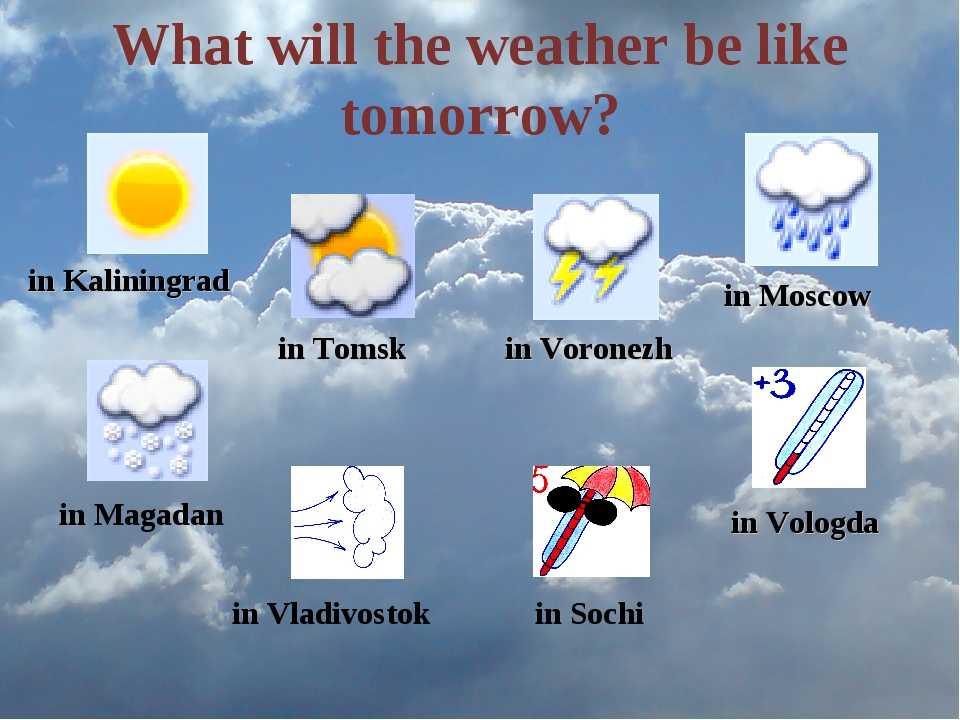 Find a story from their travels through time and across the island’s many craters, caves, and cliffs here…
Find a story from their travels through time and across the island’s many craters, caves, and cliffs here… The wind keeps on howling unabated, and we clamber back into our tents, exhausted and beaten. Hopefully, this will hold until morning, I think to myself as I look at André snoring peacefully next to me.
The wind keeps on howling unabated, and we clamber back into our tents, exhausted and beaten. Hopefully, this will hold until morning, I think to myself as I look at André snoring peacefully next to me.  Thanks to the lobbying efforts of César Manrique, the island’s famous architect, there are no high-rise buildings on Lanzarote; even the architecture seems to have been shaped by the elements.
Thanks to the lobbying efforts of César Manrique, the island’s famous architect, there are no high-rise buildings on Lanzarote; even the architecture seems to have been shaped by the elements.  But we are determined.
But we are determined.  Here and there, large expanses of solidified magma still display their molten folds, tinged with the soft hues of green lichen. The scale of the scene only heightens its deafening silence.
Here and there, large expanses of solidified magma still display their molten folds, tinged with the soft hues of green lichen. The scale of the scene only heightens its deafening silence. 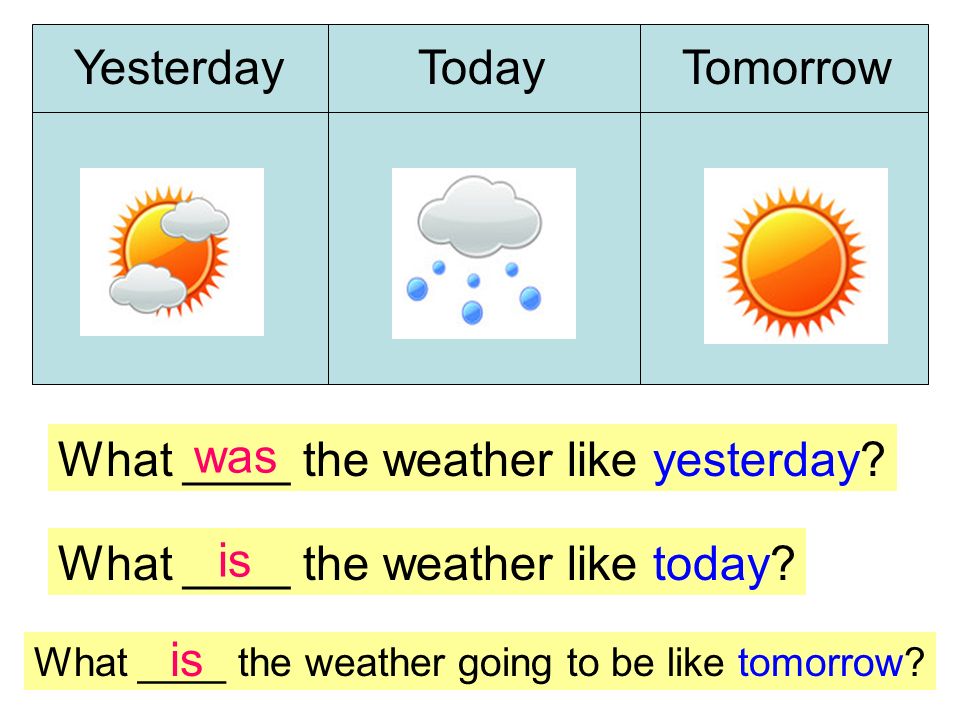
 An island of barely 1,000 inhabitants and the smallest of the Canarian archipelago, the feeling of remoteness is even stronger here than in Lanzarote, the air hotter and more arid. We are, after all, barely 100 kilometres from the Sahara.
An island of barely 1,000 inhabitants and the smallest of the Canarian archipelago, the feeling of remoteness is even stronger here than in Lanzarote, the air hotter and more arid. We are, after all, barely 100 kilometres from the Sahara.  They’re the last living beings at the party, still crawling along the sea beds and coastal rocks.
They’re the last living beings at the party, still crawling along the sea beds and coastal rocks.  In essence, a jameo is a geological formation that occurs when the roof of a volcanic tube collapses, exposing its inside. In this case, due to its proximity to the sea, the tube filled with water, hence the name. Getting off our bikes, we enter the dark cave and make our way down a series of rocky steps until we arrive at the underground lake, lit up by a ray of light penetrating the darkness from a single hole in the volcanic tube ceiling. The sight is surreal. We step closer to the water and can see thousands of tiny white creatures dotting the lake like stars in the night sky. Jameitos! We had heard about these albino white crabs, which are completely blind and can’t be found anywhere on the planet but in the jameos of Lanzarote.
In essence, a jameo is a geological formation that occurs when the roof of a volcanic tube collapses, exposing its inside. In this case, due to its proximity to the sea, the tube filled with water, hence the name. Getting off our bikes, we enter the dark cave and make our way down a series of rocky steps until we arrive at the underground lake, lit up by a ray of light penetrating the darkness from a single hole in the volcanic tube ceiling. The sight is surreal. We step closer to the water and can see thousands of tiny white creatures dotting the lake like stars in the night sky. Jameitos! We had heard about these albino white crabs, which are completely blind and can’t be found anywhere on the planet but in the jameos of Lanzarote.  Manrique’s vision was instrumental in shaping the island’s architecture, and his influence can be felt everywhere, not only in the many buildings he designed but in the aesthetic unity of the island as a whole. Even the buses carrying tourists into the Timanfaya National Park are painted a shade of ochre, making them blend perfectly into their surroundings.
Manrique’s vision was instrumental in shaping the island’s architecture, and his influence can be felt everywhere, not only in the many buildings he designed but in the aesthetic unity of the island as a whole. Even the buses carrying tourists into the Timanfaya National Park are painted a shade of ochre, making them blend perfectly into their surroundings.  BAM! He lies immobile for a while before bursting out laughing as we catch up with him to assess the damage: a flat tire and a punctured knee. Could have been worse.
BAM! He lies immobile for a while before bursting out laughing as we catch up with him to assess the damage: a flat tire and a punctured knee. Could have been worse.  “We’re here for the Paperman!” Gil replies.
“We’re here for the Paperman!” Gil replies. 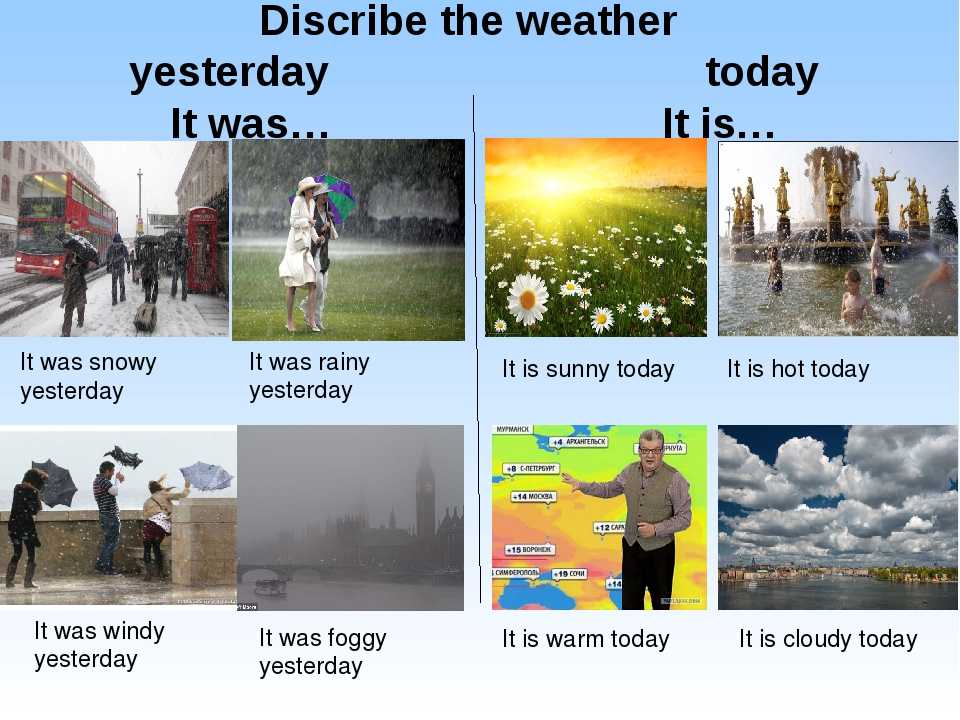
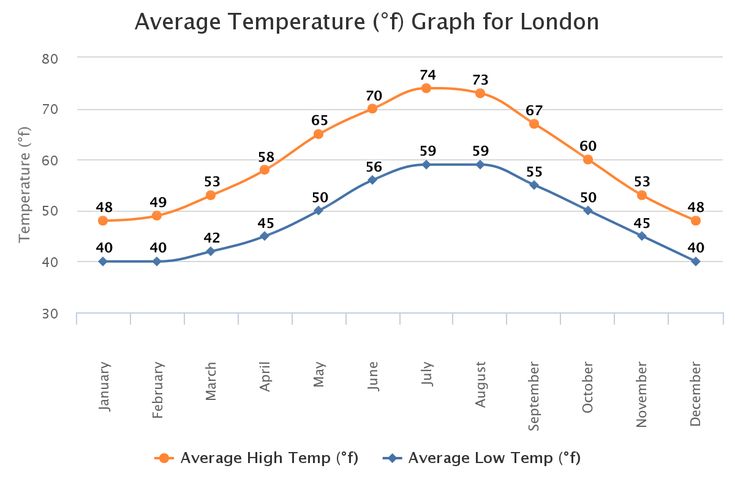
 A possible solution to this issue is to include an urban tile in the model, which is part of ECMWF’s long-term plans. More rural observation stations showed considerably lower temperatures at the same time (not shown).
A possible solution to this issue is to include an urban tile in the model, which is part of ECMWF’s long-term plans. More rural observation stations showed considerably lower temperatures at the same time (not shown).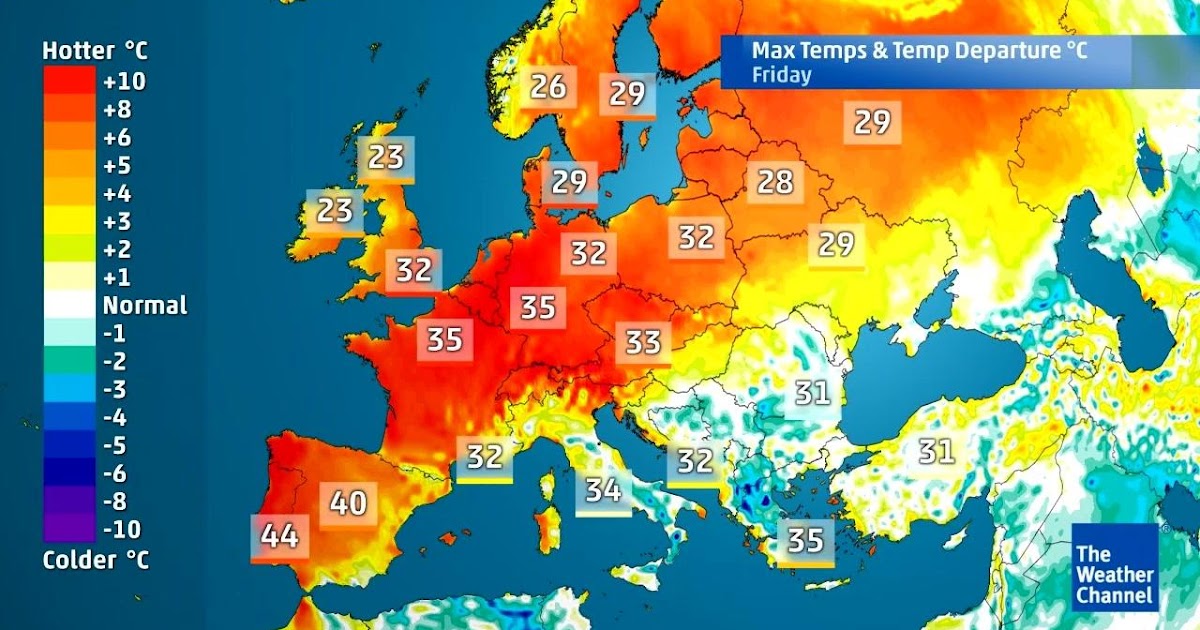 It is worth noting that in other locations the opposite difference can be seen: the model is too warm in cold conditions during winter, especially in rural regions in northern Europe.
It is worth noting that in other locations the opposite difference can be seen: the model is too warm in cold conditions during winter, especially in rural regions in northern Europe.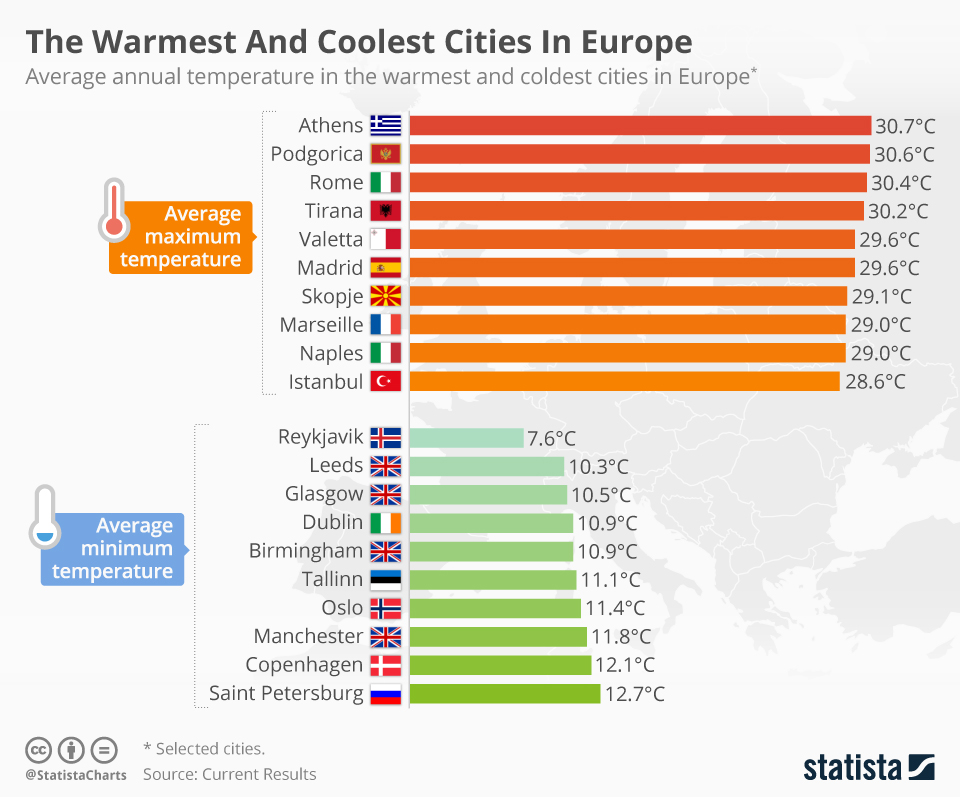 The dotted line represents the median of the model climate. The cumulative distribution functions (right) show the model climate (solid line) and the observed climate (dashed line) for 2-metre temperature at 12 UTC in January in Sofia.
The dotted line represents the median of the model climate. The cumulative distribution functions (right) show the model climate (solid line) and the observed climate (dashed line) for 2-metre temperature at 12 UTC in January in Sofia.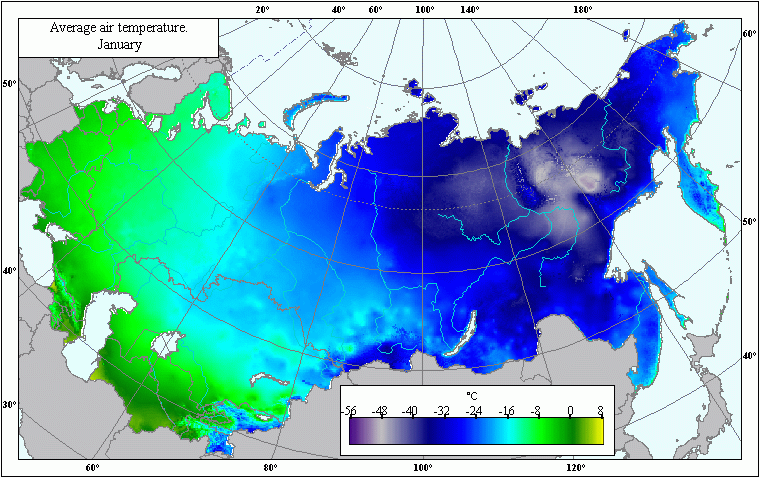 TUI)
TUI)  TUI)
TUI)  TUI)
TUI)  TUI)
TUI)  TUI)
TUI) 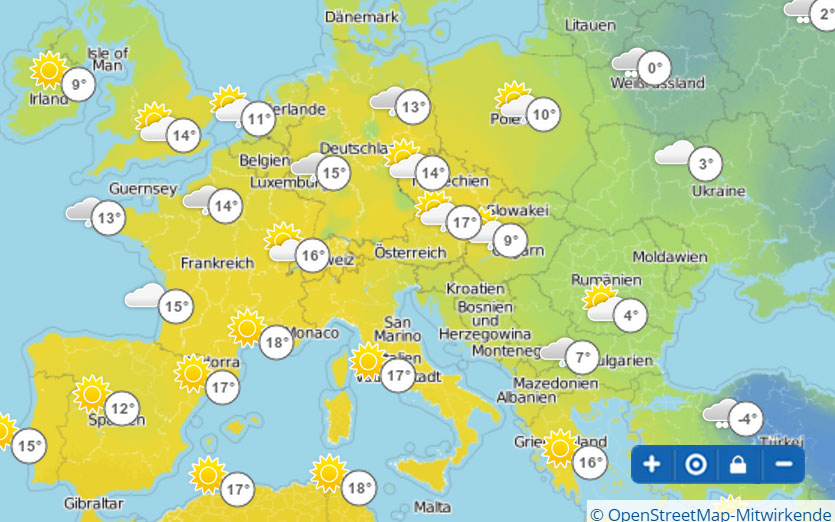 TUI)
TUI) 
 Daytime temperature is about +1 degree, night temperature is up to -5.
Daytime temperature is about +1 degree, night temperature is up to -5. 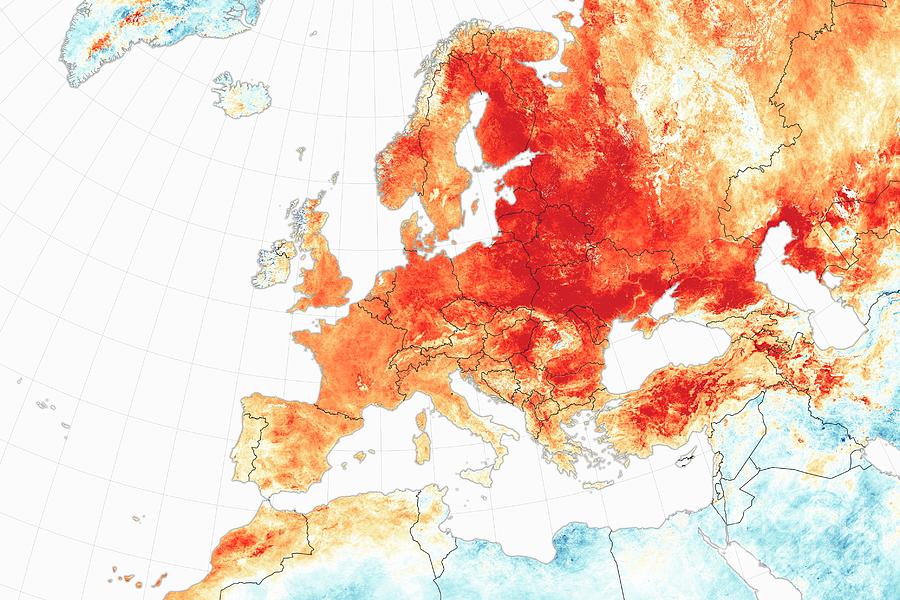 Throughout the month, cloudy weather prevails throughout the country.
Throughout the month, cloudy weather prevails throughout the country.  Read here what things you can bring from Germany.
Read here what things you can bring from Germany.  Shoes should be warm and waterproof.
Shoes should be warm and waterproof. 

 5 metres
5 metres


 Duration
Duration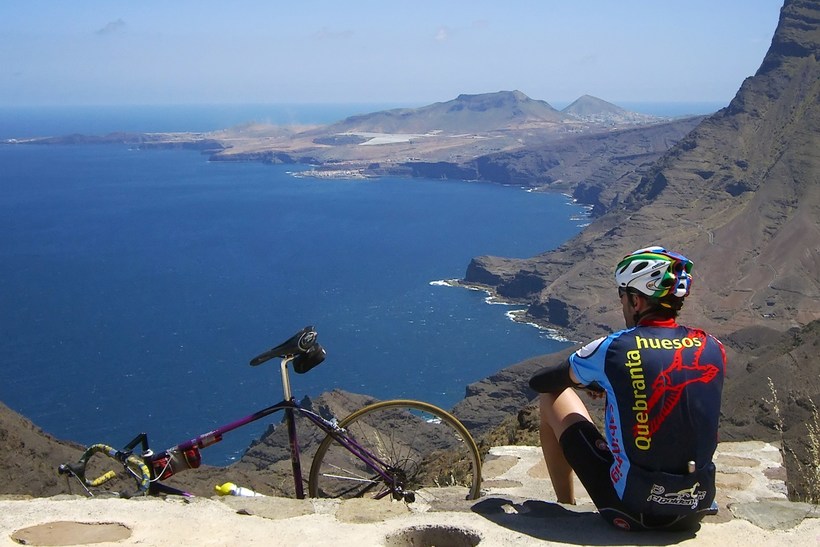 com
com com
com



 Our website always gives you the best available price. Book now and save.
Our website always gives you the best available price. Book now and save.
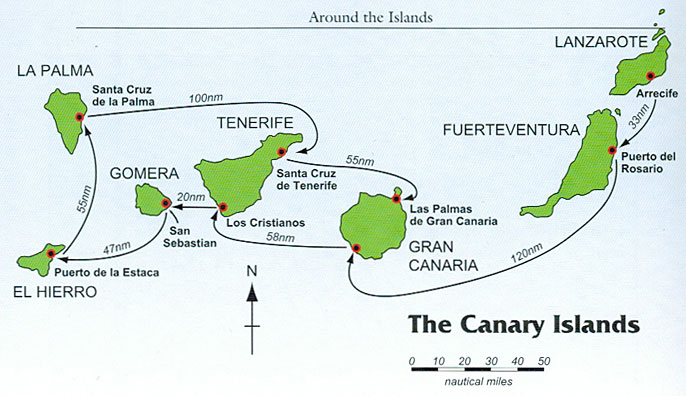 Check out this website which car rental company offers the best offer with up to 20% discounts.
Check out this website which car rental company offers the best offer with up to 20% discounts. 
 Fare from €1 Distance 11 km.
Fare from €1 Distance 11 km.  There is so much to do in this city that it’s hard to know where to start. Among the best places to visit in Las Palmas are the Cathedral, the Market Square and the beaches. If you’re looking for a more adventurous experience, you can explore the rainforest or go hiking in the mountains. Whatever you decide to do in Las Palmas, be sure that you will enjoy your time!
There is so much to do in this city that it’s hard to know where to start. Among the best places to visit in Las Palmas are the Cathedral, the Market Square and the beaches. If you’re looking for a more adventurous experience, you can explore the rainforest or go hiking in the mountains. Whatever you decide to do in Las Palmas, be sure that you will enjoy your time!
 Traveling by ferry is not only a banal trip along the route, but also a great chance to enjoy the beautiful scenery on the way from Lanzarote to Las Palmas de Gran Canaria. To find the most comfortable and scenic options in your price range, always book your ferry tickets in advance.
Traveling by ferry is not only a banal trip along the route, but also a great chance to enjoy the beautiful scenery on the way from Lanzarote to Las Palmas de Gran Canaria. To find the most comfortable and scenic options in your price range, always book your ferry tickets in advance. 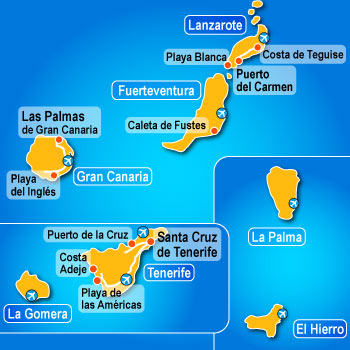
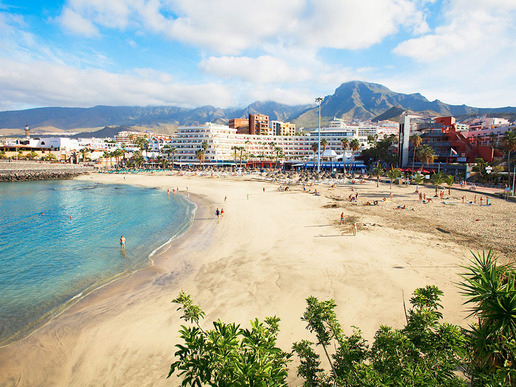 It is what many people would consider a holiday nightmare destination. It is also, lest it be forgotten, what attracts many younger visitors.
It is what many people would consider a holiday nightmare destination. It is also, lest it be forgotten, what attracts many younger visitors. Andy convinced him that his views were maybe a bit out of date.
Andy convinced him that his views were maybe a bit out of date. 000 / Rent: 3.000 -
000 / Rent: 3.000 -
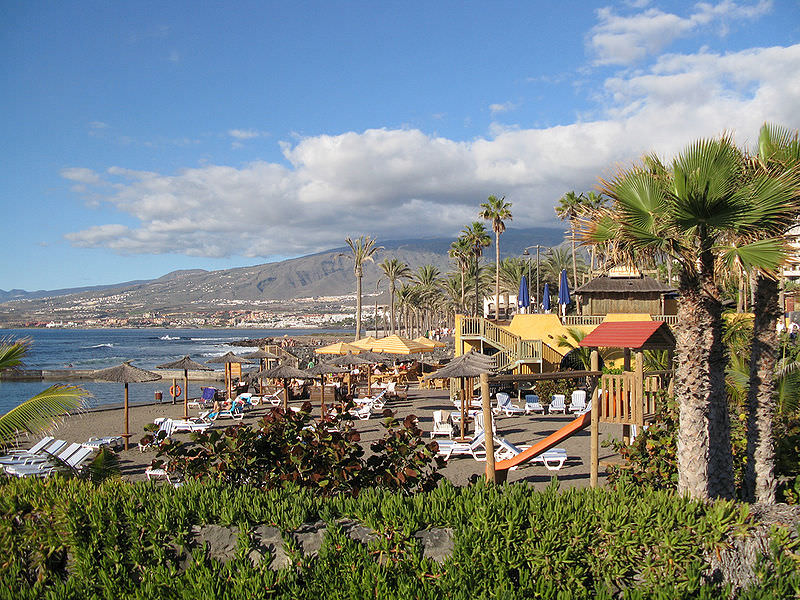 ..
..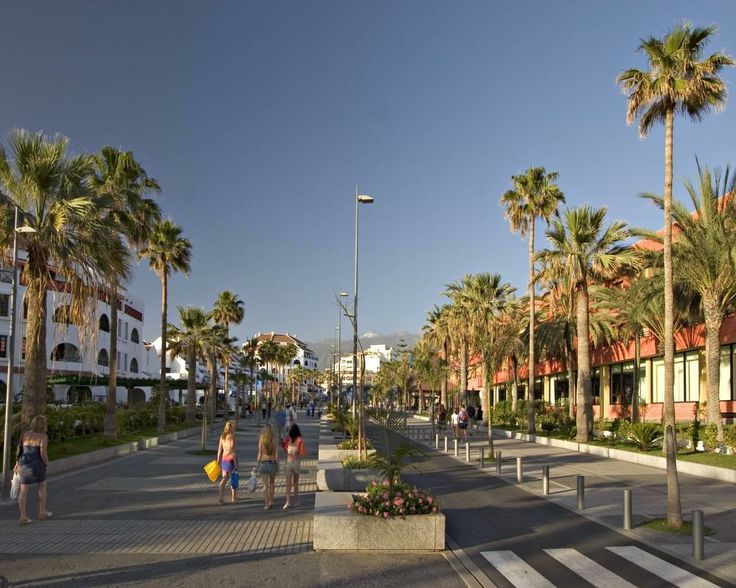 The complex is well maintened and has a heated sea water pool, two tennis co…
The complex is well maintened and has a heated sea water pool, two tennis co…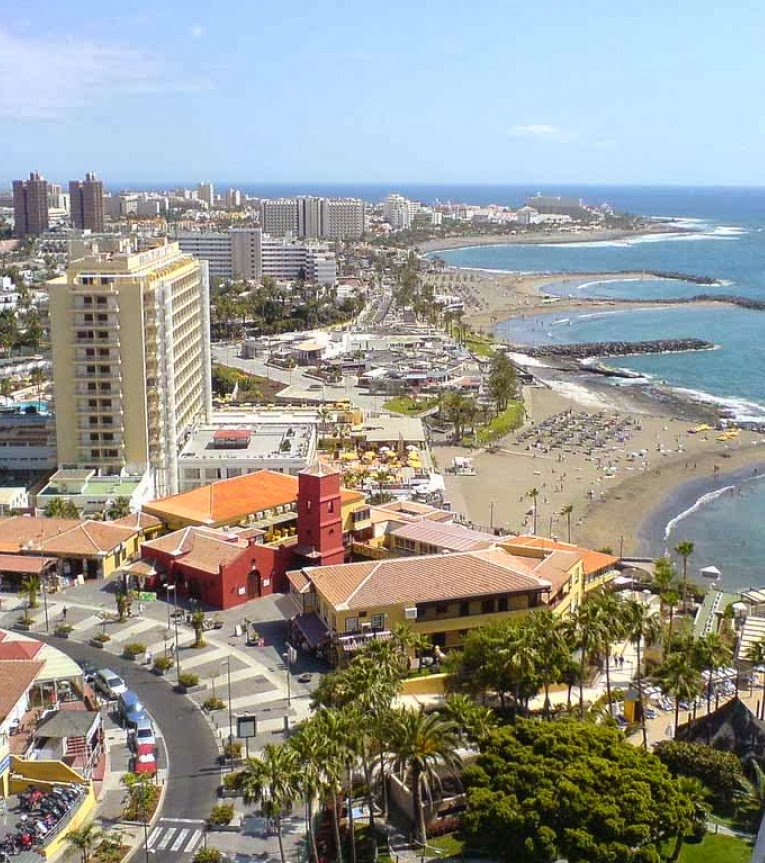 The property comprises of 1 bedroom with fitted wardrobes and bathroom. There is …
The property comprises of 1 bedroom with fitted wardrobes and bathroom. There is …
 This wonderful colonial-style villa is equipped with a large garden with a private…
This wonderful colonial-style villa is equipped with a large garden with a private…
 It’s safe, it’s fast, and it’s comfortable. All major cities are well-connected with each other by the air route. And, traveling between them has become a matter of just a few hours.
It’s safe, it’s fast, and it’s comfortable. All major cities are well-connected with each other by the air route. And, traveling between them has become a matter of just a few hours.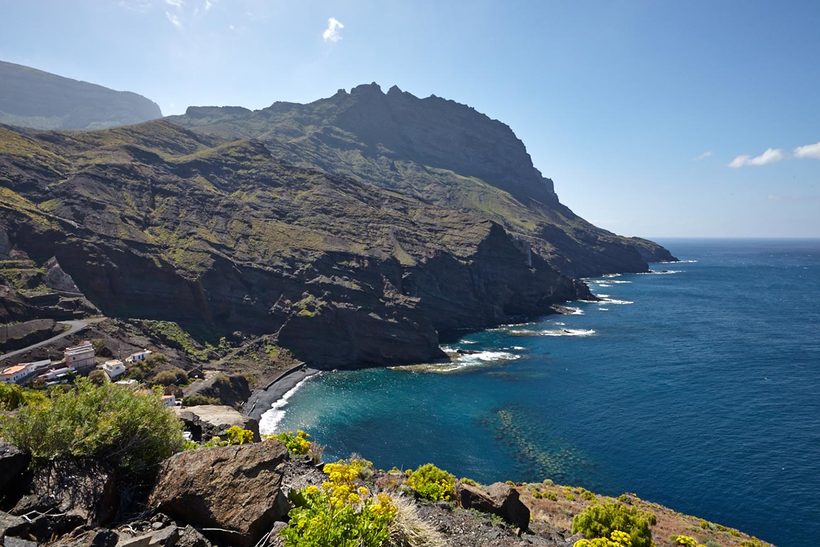
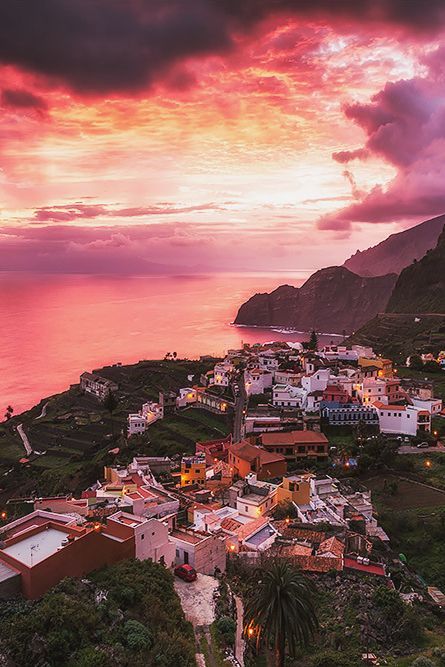 Try removing one.
Try removing one.
 The cost of a plane ticket depends on the time of day. Ticket prices also depend on the day of the week. It is worth considering that departures on holiday days are usually more expensive. As a rule, the most expensive tickets are sold less than 14 days before departure for Friday evening – there, and Sunday evening – back.
The cost of a plane ticket depends on the time of day. Ticket prices also depend on the day of the week. It is worth considering that departures on holiday days are usually more expensive. As a rule, the most expensive tickets are sold less than 14 days before departure for Friday evening – there, and Sunday evening – back.
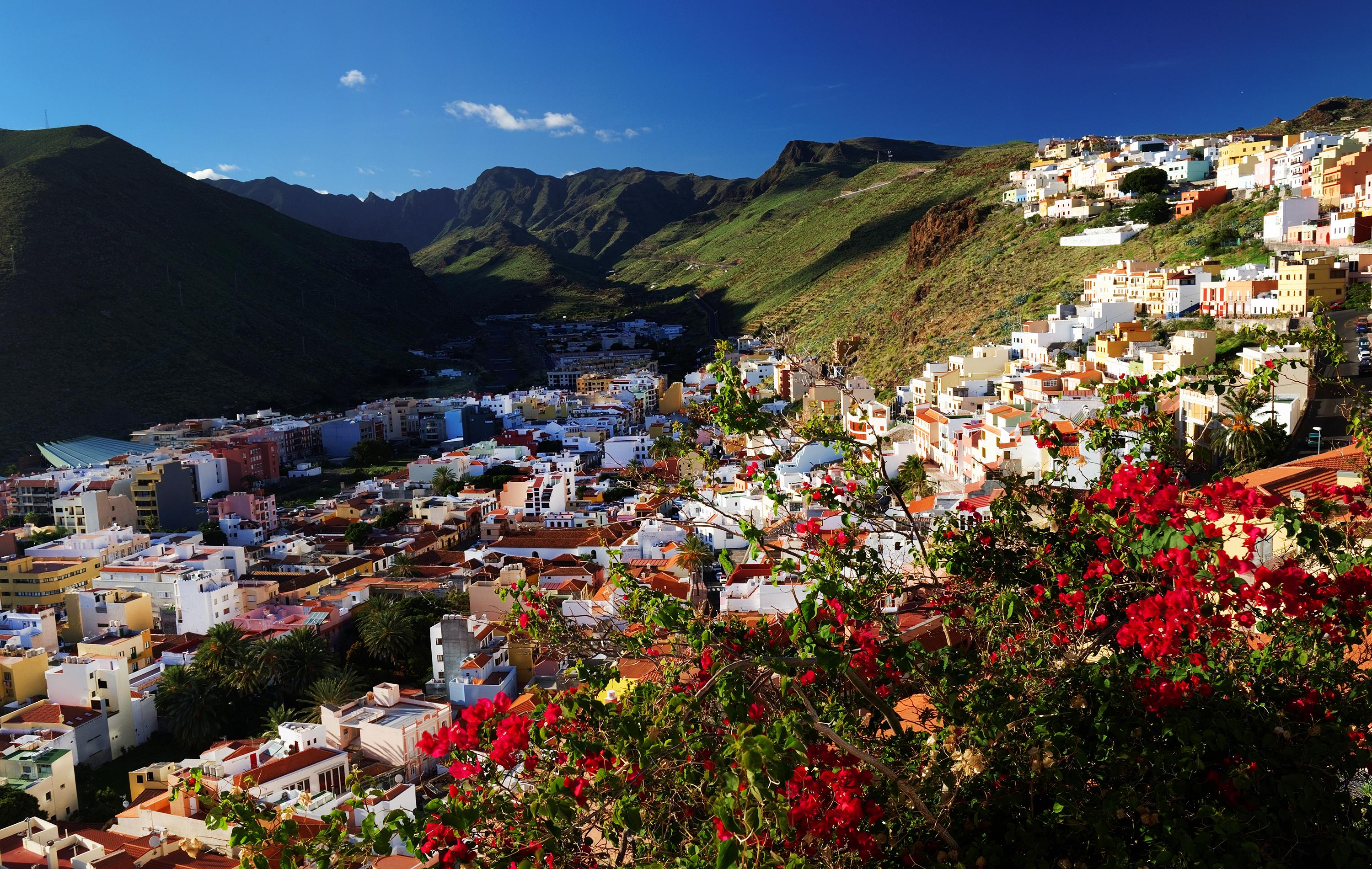
 The deposit in this case is part of the total amount payable and is therefore non-refundable after the event.
The deposit in this case is part of the total amount payable and is therefore non-refundable after the event.  Both ferries are modern and comfortable, with a range of good amenities including a dining area and an observation deck alongside.
Both ferries are modern and comfortable, with a range of good amenities including a dining area and an observation deck alongside. 
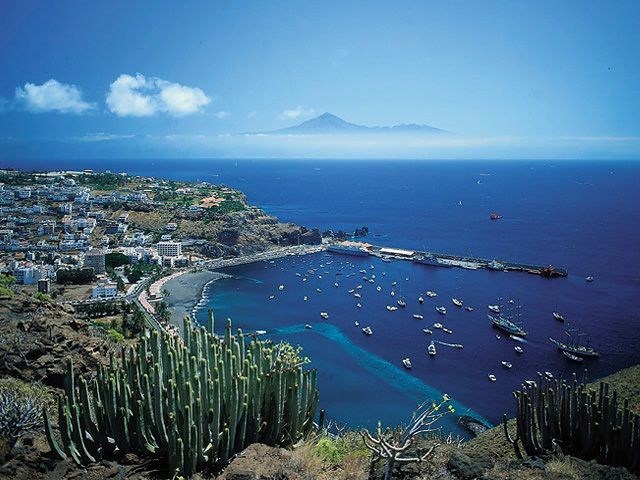
 718 m (12,198 ft) summit, the highest point in Spain and the highest point above sea level in the islands of the Atlantic. A breathtaking view.
718 m (12,198 ft) summit, the highest point in Spain and the highest point above sea level in the islands of the Atlantic. A breathtaking view. The difference in altitude on La Gomera shortened our walking time to 50 min and extended the break time to 10 min as we progressed walking on the island.
The difference in altitude on La Gomera shortened our walking time to 50 min and extended the break time to 10 min as we progressed walking on the island.
 Now we realized our trip will be a constant up and down.
Now we realized our trip will be a constant up and down.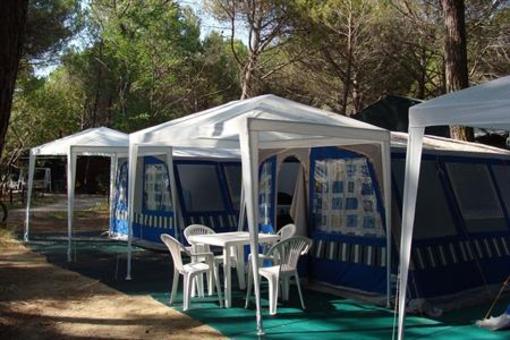
 We were quite happy that we didn’t buy the orange tent.
We were quite happy that we didn’t buy the orange tent. 22 kms
22 kms 48 kms
48 kms 36 kms
36 kms 00 kms
00 kms 14 kms
14 kms 38 kms
38 kms A battered straw hat, faded levis, a washed-out T-shirt and well worn sandals is better suited.
A battered straw hat, faded levis, a washed-out T-shirt and well worn sandals is better suited.
 They shopped for non-local essentials at the tiny local shop.”
They shopped for non-local essentials at the tiny local shop.”
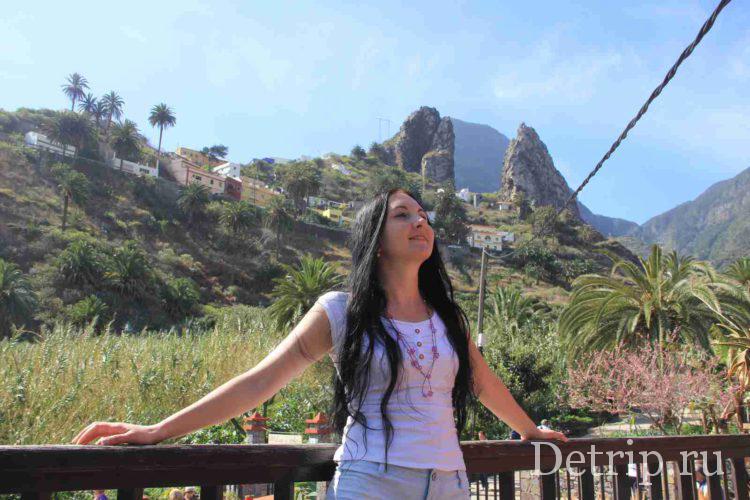

 The top of Guajara is the best place for amazing views. There are several paths from the Guajara down to the Canada Blanca, and some of them are more difficult. GPS coordinates do not lead 100% correctly.
The top of Guajara is the best place for amazing views. There are several paths from the Guajara down to the Canada Blanca, and some of them are more difficult. GPS coordinates do not lead 100% correctly. We went up to the volcano by lift (be careful because of opening hours – you have got time till 5 pm, but there are hundreds of people ahead. So be there till 4 pm. When you get up, enjoy the sunset and then move about 200-300 down the volcano. There you will find about three suitable places (on the right side, in the middle of lava field) for a tent in the middle of the path from the top of the volcano to Altavista hut.
We went up to the volcano by lift (be careful because of opening hours – you have got time till 5 pm, but there are hundreds of people ahead. So be there till 4 pm. When you get up, enjoy the sunset and then move about 200-300 down the volcano. There you will find about three suitable places (on the right side, in the middle of lava field) for a tent in the middle of the path from the top of the volcano to Altavista hut.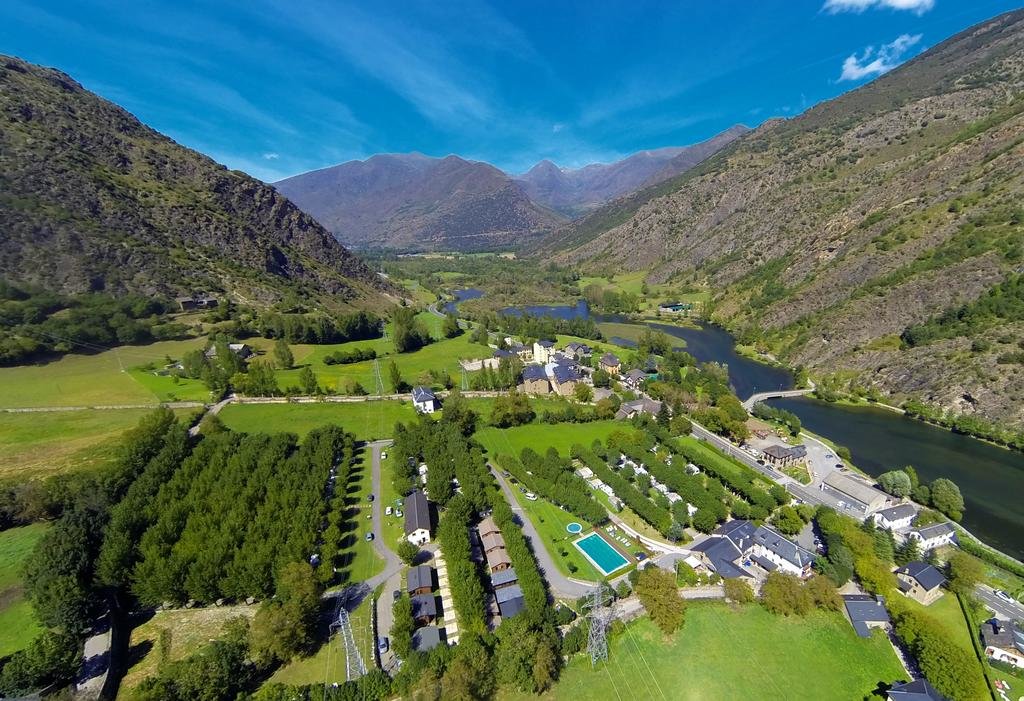 alpenverein.com. GPX data for Garmin device and more information.
alpenverein.com. GPX data for Garmin device and more information. There is a beautiful square ant we slept in the bower in front the church.
There is a beautiful square ant we slept in the bower in front the church. We went by bus to the Las Mercedes and then to the Cruz del Carmen. There is a tourist center, they will give you maps and they will recommend you the right trek. Unfortunately, the weather was poor that day. The wind was so strong that it was dangerous to walk across the forest (because of falling branches). We hiked only a short loop there (about 5 km) and then moved back to Santa Cruz de Tenerife. We were trying to figure out what to do next (because we had already seen the best of Tenerife) and we got the idea to visit the La Gomera island.
We went by bus to the Las Mercedes and then to the Cruz del Carmen. There is a tourist center, they will give you maps and they will recommend you the right trek. Unfortunately, the weather was poor that day. The wind was so strong that it was dangerous to walk across the forest (because of falling branches). We hiked only a short loop there (about 5 km) and then moved back to Santa Cruz de Tenerife. We were trying to figure out what to do next (because we had already seen the best of Tenerife) and we got the idea to visit the La Gomera island. We hiked up to the top of the Alto de Garajonay, the highest La Gomera mountain (to be honest – it is more a hill than a mountain) and then we continued to the Laguna Grande and back again. Easy walk, nothing special, if the weather is good you can see the Pico de Teide from the top of Alto de Garajonay. We got back to Pajarito late at night so we had to take a taxi back to San Sebastian.
We hiked up to the top of the Alto de Garajonay, the highest La Gomera mountain (to be honest – it is more a hill than a mountain) and then we continued to the Laguna Grande and back again. Easy walk, nothing special, if the weather is good you can see the Pico de Teide from the top of Alto de Garajonay. We got back to Pajarito late at night so we had to take a taxi back to San Sebastian.
 300 Km al suroeste de la península Ibérica, con el puesto 47 de 50 en el ranking de provincias españolas por extensión, con una superficie de 3.381 km², encontramos la increíble provincia isleña de Santa Cruz de Tenerife, contando con una riqueza paisajística natural, cultural, histórica y patrimonial de gran valor, se encuentra formada por cuatro islas principales, La Palma, La Gomera, El Hierro y Tenerife, junto con varios islotes, con diferentes y singulares paisajes, como montañas, valles, bosques, selvas y zonas volcánicas, entre otras, encontrándose aquí el coloso con la cumbre más alta de España y de todo el Atlántico, el Teide, y con un inigualable litoral de 702 Km, siendo el cuarto más grande de todas las provincias de España, con increíbles playas y calas, con un envidiable clima subtropical que hacen que las temperaturas oscilen entre 13°C en los meses más fríos y 31°C en los más calurosos. Esta provincia es una verdadera maravilla natural, así como también lo es la gran cantidad de opciones turísticas que ofrece, junto con la cálida bienvenida con la que los santacruceros reciben a los viajeros que les visitan; con un trato cercano y hospitalario, disfrutarás de un ambiente estupendo.
300 Km al suroeste de la península Ibérica, con el puesto 47 de 50 en el ranking de provincias españolas por extensión, con una superficie de 3.381 km², encontramos la increíble provincia isleña de Santa Cruz de Tenerife, contando con una riqueza paisajística natural, cultural, histórica y patrimonial de gran valor, se encuentra formada por cuatro islas principales, La Palma, La Gomera, El Hierro y Tenerife, junto con varios islotes, con diferentes y singulares paisajes, como montañas, valles, bosques, selvas y zonas volcánicas, entre otras, encontrándose aquí el coloso con la cumbre más alta de España y de todo el Atlántico, el Teide, y con un inigualable litoral de 702 Km, siendo el cuarto más grande de todas las provincias de España, con increíbles playas y calas, con un envidiable clima subtropical que hacen que las temperaturas oscilen entre 13°C en los meses más fríos y 31°C en los más calurosos. Esta provincia es una verdadera maravilla natural, así como también lo es la gran cantidad de opciones turísticas que ofrece, junto con la cálida bienvenida con la que los santacruceros reciben a los viajeros que les visitan; con un trato cercano y hospitalario, disfrutarás de un ambiente estupendo. Estas y otras razones hacen que Isla de la Gomera sea el lugar ideal donde vivir una experiencia de turismo rural completa y perfecta.
Estas y otras razones hacen que Isla de la Gomera sea el lugar ideal donde vivir una experiencia de turismo rural completa y perfecta.
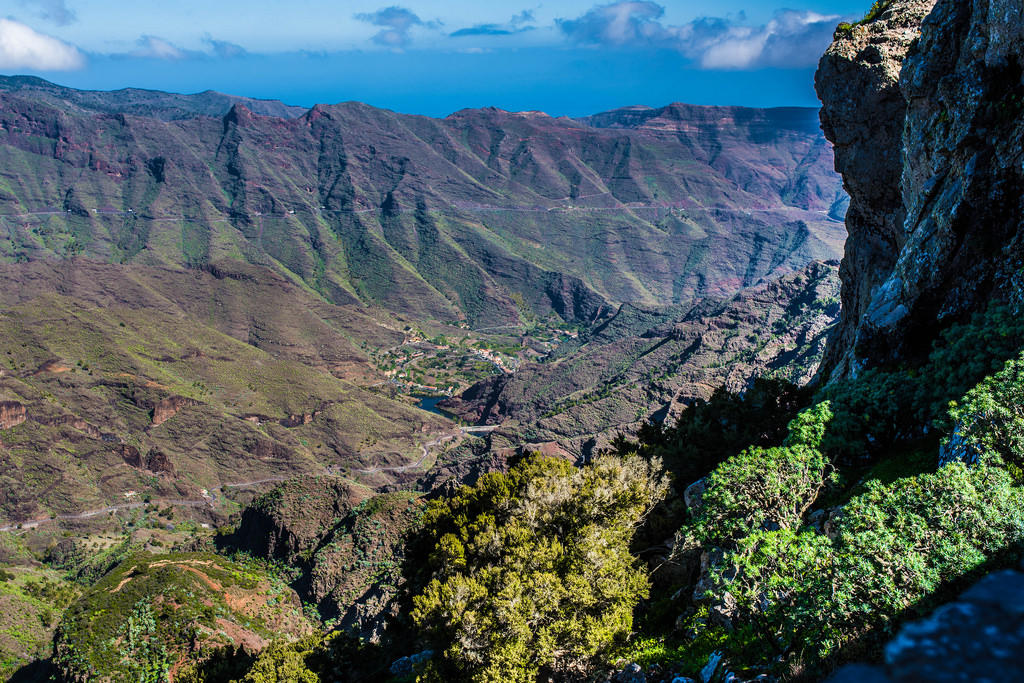 Conoce los mejores platos típicos y gastronomía en nuestro blog.
Conoce los mejores platos típicos y gastronomía en nuestro blog.
 This is a complete immersion in the pristine natural world, merging with its beauty and naturalness. When you camp with a tent in the middle of a picturesque landscape, you can completely forget about time, annoying haste, everyday worries – and just enjoy the beauty, silence, fresh air, aromas of plants. Many tourists who have returned from camping say that staying in it has become a second birth for their inner world and an inexhaustible source of inspiration
This is a complete immersion in the pristine natural world, merging with its beauty and naturalness. When you camp with a tent in the middle of a picturesque landscape, you can completely forget about time, annoying haste, everyday worries – and just enjoy the beauty, silence, fresh air, aromas of plants. Many tourists who have returned from camping say that staying in it has become a second birth for their inner world and an inexhaustible source of inspiration  Delicious national cuisine, known throughout the world for its unusual combination of flavors, striking in its diversity;
Delicious national cuisine, known throughout the world for its unusual combination of flavors, striking in its diversity;  During your stay at the campsite, events are organized for tourists of all ages: excursions, hiking, observation of the local fauna, thematic seminars, festivals. Much attention is paid to various cognitive activities with children. Meals are often organized on the basis of farm products prepared by the caring hands of local residents who are always happy to welcome guests.
During your stay at the campsite, events are organized for tourists of all ages: excursions, hiking, observation of the local fauna, thematic seminars, festivals. Much attention is paid to various cognitive activities with children. Meals are often organized on the basis of farm products prepared by the caring hands of local residents who are always happy to welcome guests.  This point must be taken into account when planning your camping tour. When reading the weather forecast, we recommend that you pay special attention to the winds. Very strong, squally winds are not uncommon here, which can make it difficult or even prevent setting up a tent. It should also be remembered that in protected areas it is possible to kindle fires only in specially designated places.
This point must be taken into account when planning your camping tour. When reading the weather forecast, we recommend that you pay special attention to the winds. Very strong, squally winds are not uncommon here, which can make it difficult or even prevent setting up a tent. It should also be remembered that in protected areas it is possible to kindle fires only in specially designated places. 

 Masía del Mar is a family owned seafood restaurant. The average price of eating out in La Caleta is a little higher than in other areas, but you can find some reasonably priced restaurants here, such as Varadero on Calle las Artes, street of the arts.
Masía del Mar is a family owned seafood restaurant. The average price of eating out in La Caleta is a little higher than in other areas, but you can find some reasonably priced restaurants here, such as Varadero on Calle las Artes, street of the arts. 

 According to legends, the patron has the power to protect the city from epidemics and pests. The celebration of San Sebastian is very similar to the la Virgen del Carmen parade. The wooden monument to the patron is escorted to the beach of La Enramada and set sail on an ornate ship. The religious procession is followed by bathing and blessing the animals to keep them healthy. There is a special charm in this chaos when goats, donkeys, cows, horses and sheep fall into the sea at the same time.
According to legends, the patron has the power to protect the city from epidemics and pests. The celebration of San Sebastian is very similar to the la Virgen del Carmen parade. The wooden monument to the patron is escorted to the beach of La Enramada and set sail on an ornate ship. The religious procession is followed by bathing and blessing the animals to keep them healthy. There is a special charm in this chaos when goats, donkeys, cows, horses and sheep fall into the sea at the same time.  City
City
 Maxima precaución y todo el apoyo a la isla de La Gomera. pic.twitter.com/yx7NIDF7By
Maxima precaución y todo el apoyo a la isla de La Gomera. pic.twitter.com/yx7NIDF7By  Bird islands, calm that history
Bird islands, calm that history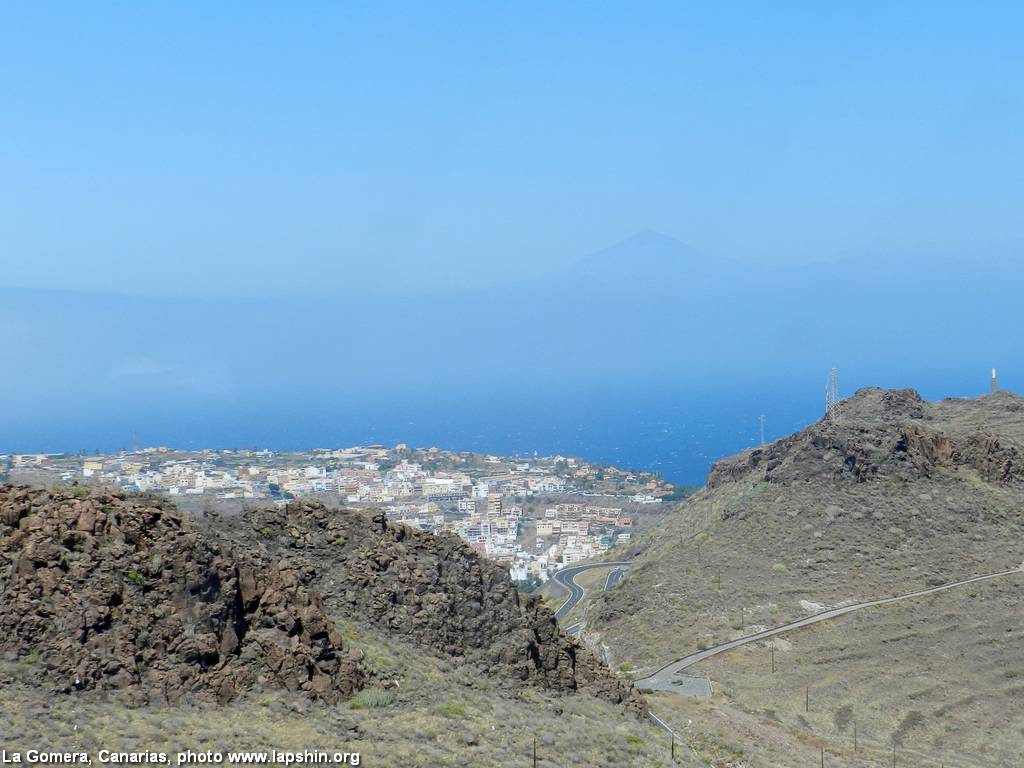 Meshkantsiv Odeshchyna ask for more history
Meshkantsiv Odeshchyna ask for more history Woman enjoying the sunset while sitting and looking out the car window
Woman enjoying the sunset while sitting and looking out the car window  Landscape view near Mirador de Abrante on the island of La Falera with a woman enjoying the sunrise
Landscape view near Mirador de Abrante on the island of La Falera with a woman enjoying the sunrise Man looking through binoculars while riding a ferris wheelWoman standing on the embankment looking through binoculars, fountains in the river behind Young man looking through binocularsCute little girl smiling while looking through binocularsCute girl and boy looking through binoculars isolated on white
Man looking through binoculars while riding a ferris wheelWoman standing on the embankment looking through binoculars, fountains in the river behind Young man looking through binocularsCute little girl smiling while looking through binocularsCute girl and boy looking through binoculars isolated on white 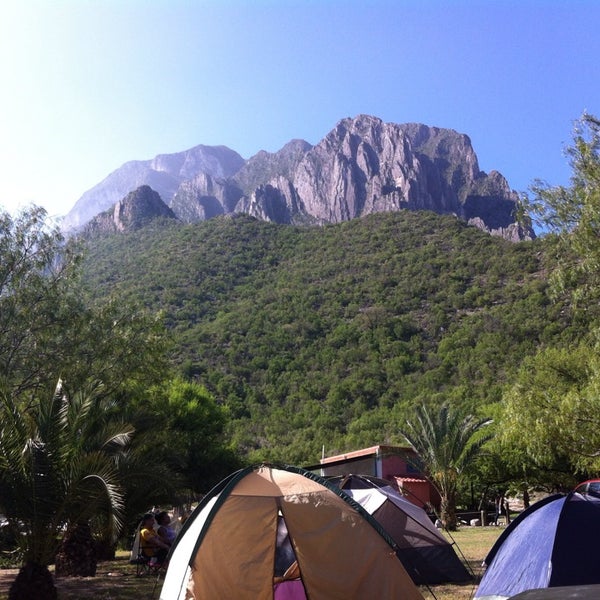 Hotel Rural Imada
Hotel Rural Imada

 You can walk around the hotel.
You can walk around the hotel.  M.
M.  You can use the Special Requests box when booking, or contact the property directly using the contact details found on your Booking Confirmation.
You can use the Special Requests box when booking, or contact the property directly using the contact details found on your Booking Confirmation.  6/10
6/10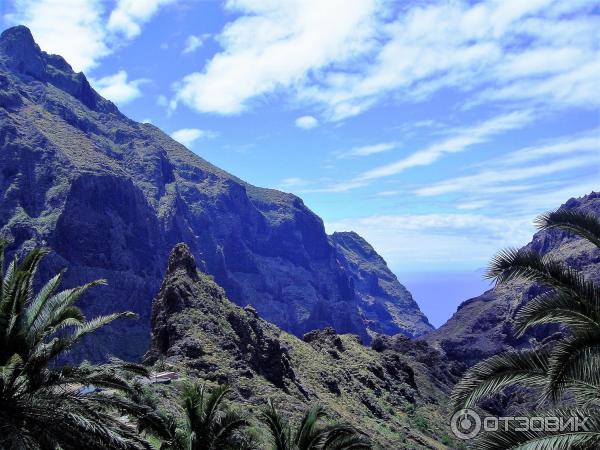 ) , Abama Golf Club (46 km.) , Golf Costa Adeje (48 km.)
) , Abama Golf Club (46 km.) , Golf Costa Adeje (48 km.) 
 Thanks to the convenient location of the campsite at a distance of 8.0 kilometers from the city center, you can easily reach all attractions on foot. At a distance of 200 meters, visitors can find public transport stops, which will allow you to get to know interesting places. The closest beach is 10 meters away from the campsite. Visitors can use the nearest airport located at a distance of 20.0 kilometers. The establishment is located at a distance of 8.0 kilometer(s) from the harbour. The place of residence has 150 comfortable living units. This property was renovated in 2005. In addition, Wi-Fi Internet access is available in public areas. During their stay, those who stay at this establishment will not be disturbed by anything, since this property does not allow pets. Villaggio Camping Miramare provides a wide range of gastronomic delights.
Thanks to the convenient location of the campsite at a distance of 8.0 kilometers from the city center, you can easily reach all attractions on foot. At a distance of 200 meters, visitors can find public transport stops, which will allow you to get to know interesting places. The closest beach is 10 meters away from the campsite. Visitors can use the nearest airport located at a distance of 20.0 kilometers. The establishment is located at a distance of 8.0 kilometer(s) from the harbour. The place of residence has 150 comfortable living units. This property was renovated in 2005. In addition, Wi-Fi Internet access is available in public areas. During their stay, those who stay at this establishment will not be disturbed by anything, since this property does not allow pets. Villaggio Camping Miramare provides a wide range of gastronomic delights. 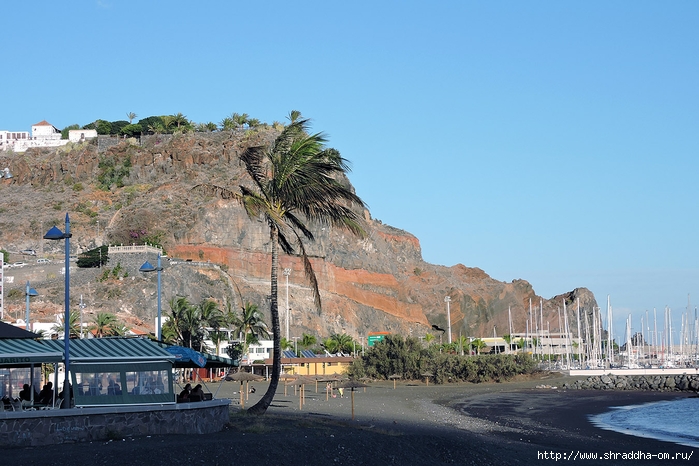 com you have access to rates from over 70,000 hotels worldwide. These organizations carry out changes, construction and repairs in accordance with their schedule. Data on services and facilities of all types (safe, gym, entertainment programs, etc.) in the hotels listed on www.canarias.com are constantly updated by our suppliers (hotels, boarding houses, tour operators, etc.) and in most cases correspond to the current moment. However, in some cases, this data at the time of the request may be partially out of date. Vallecid S.L., as the owner of the trademark Canarias.com, does not guarantee the absolute accuracy of the information provided. If you would like to receive up-to-date information on all hotel services at the time of booking, you can contact our customer service department from Monday to Saturday from 9until 20:00 by phone 0034922715353 or email
com you have access to rates from over 70,000 hotels worldwide. These organizations carry out changes, construction and repairs in accordance with their schedule. Data on services and facilities of all types (safe, gym, entertainment programs, etc.) in the hotels listed on www.canarias.com are constantly updated by our suppliers (hotels, boarding houses, tour operators, etc.) and in most cases correspond to the current moment. However, in some cases, this data at the time of the request may be partially out of date. Vallecid S.L., as the owner of the trademark Canarias.com, does not guarantee the absolute accuracy of the information provided. If you would like to receive up-to-date information on all hotel services at the time of booking, you can contact our customer service department from Monday to Saturday from 9until 20:00 by phone 0034922715353 or email 
 9 hours (83% of the day). For comparison, the day with the most clear, sunny days in Madrid is July with 19.9 hours while December has the shortest amount of cloud-free hours of only 11.2 hours. This graph shows the average amount of sunshine in Madrid in July based on historical data.
9 hours (83% of the day). For comparison, the day with the most clear, sunny days in Madrid is July with 19.9 hours while December has the shortest amount of cloud-free hours of only 11.2 hours. This graph shows the average amount of sunshine in Madrid in July based on historical data. This graph shows the average amount of humidity in Madrid throughout July based on historical data.
This graph shows the average amount of humidity in Madrid throughout July based on historical data.

 ”
” 

 The history of Spain is amazing, the architecture of the country of the evening star of Hesperia, as the Greeks called Spain, absorbed elements of the Mediterranean, and features of the Moorish and original Mudéjar styles. Each region of Spain is individual, in each city and village there is an atmosphere peculiar only to it, which can be felt even in the smell. The beginning of the history of the emergence of the country was laid by the interweaving of cultures as a result of the wedding of Ferdinand II of Aragon, King of Aragon and Isabella I of Castile, Princess of Castile and Leon, and our time has been transferred and preserved many customs and traditions.
The history of Spain is amazing, the architecture of the country of the evening star of Hesperia, as the Greeks called Spain, absorbed elements of the Mediterranean, and features of the Moorish and original Mudéjar styles. Each region of Spain is individual, in each city and village there is an atmosphere peculiar only to it, which can be felt even in the smell. The beginning of the history of the emergence of the country was laid by the interweaving of cultures as a result of the wedding of Ferdinand II of Aragon, King of Aragon and Isabella I of Castile, Princess of Castile and Leon, and our time has been transferred and preserved many customs and traditions.  Spain is rich not only in beaches and mountains. Of course, these are the world-famous creations of Antonio Gaudi, this is the charming and alluring atmosphere of Barcelona, the grace and austerity of Madrid, the pomp of Andalusia, the vast greenery in the landscape of Galicia and the Basque Country, and much more.
Spain is rich not only in beaches and mountains. Of course, these are the world-famous creations of Antonio Gaudi, this is the charming and alluring atmosphere of Barcelona, the grace and austerity of Madrid, the pomp of Andalusia, the vast greenery in the landscape of Galicia and the Basque Country, and much more.
 For example, on the Mediterranean coast, there are always moderately hot summers and fairly warm winters with heavy rainfall. In winter, in this region of the country, the average air temperature warms up to +15°C, and sometimes up to +18°C. In summer, the average temperature is + 28 ° C, but sometimes it can rise to + 37 ° C – when hot air masses from tropical Africa reach the southeast coast of Spain. This area is characterized by a mild and comfortable climate typical of the subtropics.
For example, on the Mediterranean coast, there are always moderately hot summers and fairly warm winters with heavy rainfall. In winter, in this region of the country, the average air temperature warms up to +15°C, and sometimes up to +18°C. In summer, the average temperature is + 28 ° C, but sometimes it can rise to + 37 ° C – when hot air masses from tropical Africa reach the southeast coast of Spain. This area is characterized by a mild and comfortable climate typical of the subtropics. True, the frosts in Spain are not at all severe, the lowest temperatures are recorded in the mountains – and even there the thermometer does not fall below eight degrees below zero.
True, the frosts in Spain are not at all severe, the lowest temperatures are recorded in the mountains – and even there the thermometer does not fall below eight degrees below zero. First of all, tourists are only interested in beach holidays, because you can relax in this country almost all year round. The climate here is subtropical, summers are hot and dry, and winters are mild, with low rainfall. The temperature here rarely drops below zero, although it all depends on the region.
First of all, tourists are only interested in beach holidays, because you can relax in this country almost all year round. The climate here is subtropical, summers are hot and dry, and winters are mild, with low rainfall. The temperature here rarely drops below zero, although it all depends on the region. 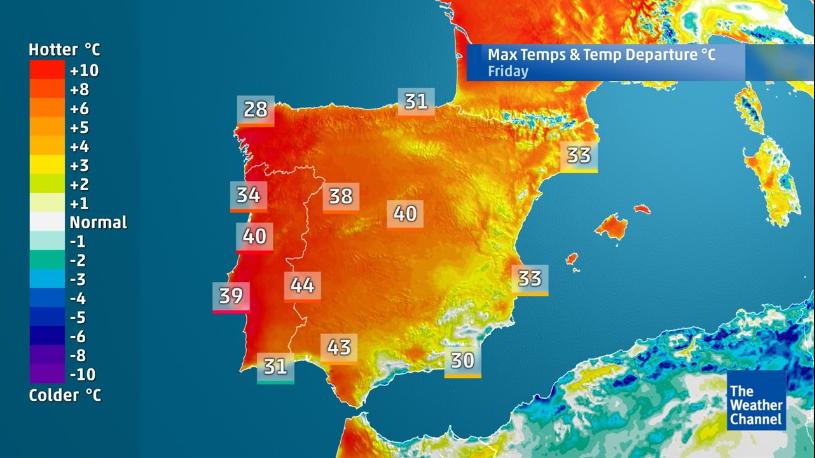
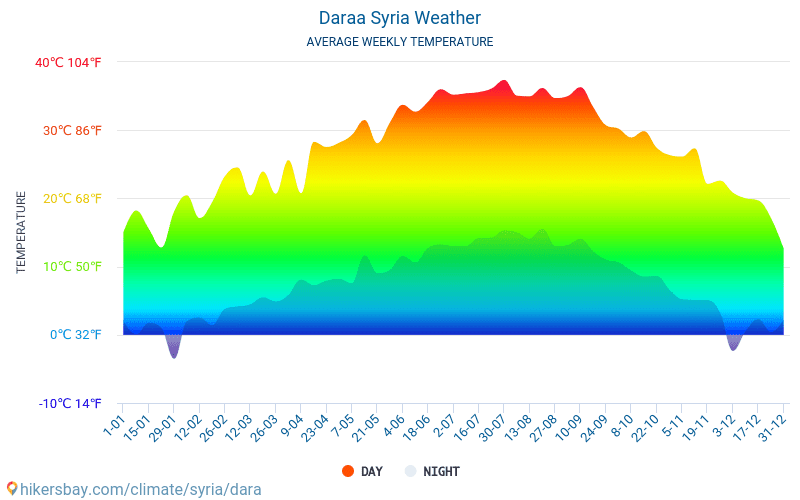 200 km from Valencia, located near the picturesque mountains, the tourist infrastructure is well developed, various festivals and parties for visitors are constantly held.
200 km from Valencia, located near the picturesque mountains, the tourist infrastructure is well developed, various festivals and parties for visitors are constantly held. 


 The Spaniards are kind and open people, they love it when tourists smile and show their feelings, and if help is needed, they will gladly try to provide it, even if the tourist does not speak Spanish. The summer months are the hottest here, so you need to monitor your well-being, drink more water, wear hats.
The Spaniards are kind and open people, they love it when tourists smile and show their feelings, and if help is needed, they will gladly try to provide it, even if the tourist does not speak Spanish. The summer months are the hottest here, so you need to monitor your well-being, drink more water, wear hats. 
 And when at last I was zooming southwest with the wind on my back, I felt invincible.
And when at last I was zooming southwest with the wind on my back, I felt invincible. Bustling and cosmopolitan, with modernist blocks rubbing up against elegant apartments with filigree balconies, it feels very much like a Spanish city that’s broken free from the mainland and floated gently southwest, picking up traces of other cultures on the way. Catching a bus out of town, I followed Gran Canaria’s northern shore to Las Salinas de Agaete, to swim in one of three natural swimming pools sheltered from the open ocean by battlement-like columns.
Bustling and cosmopolitan, with modernist blocks rubbing up against elegant apartments with filigree balconies, it feels very much like a Spanish city that’s broken free from the mainland and floated gently southwest, picking up traces of other cultures on the way. Catching a bus out of town, I followed Gran Canaria’s northern shore to Las Salinas de Agaete, to swim in one of three natural swimming pools sheltered from the open ocean by battlement-like columns.

 It’s a UNESCO World Biosphere Reserve and Geopark, with big ambitions, sustainability-wise: its wind turbines and hydroelectric plant are designed to harness and store enough renewable energy to supply its entire population of around 11,000. On this clean-living island, light pollution is impressively low; so much so that, during my visit, the night skies seemed even more vivid than those over Tenerife and La Palma, both of which have international astronomical observatories.
It’s a UNESCO World Biosphere Reserve and Geopark, with big ambitions, sustainability-wise: its wind turbines and hydroelectric plant are designed to harness and store enough renewable energy to supply its entire population of around 11,000. On this clean-living island, light pollution is impressively low; so much so that, during my visit, the night skies seemed even more vivid than those over Tenerife and La Palma, both of which have international astronomical observatories.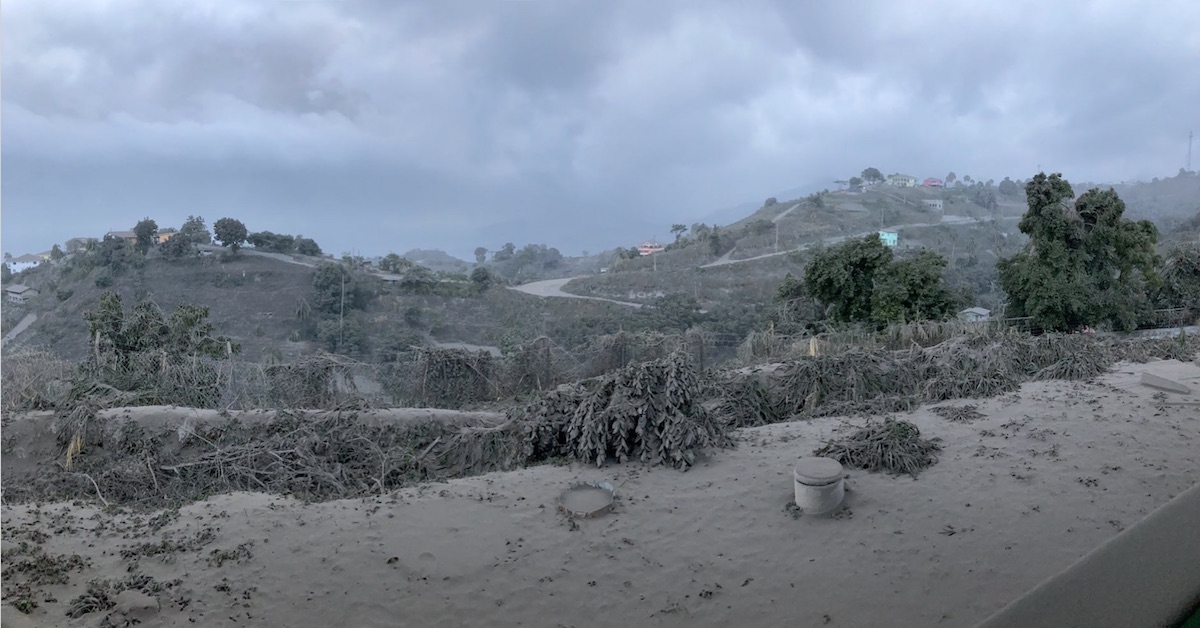 You can island-hop with the same ferry companies, or by plane with Binter or Canaryfly. Sea voyages between adjacent islands take between 25-150 minutes. It’s easy to rent a car on any of the islands.
You can island-hop with the same ferry companies, or by plane with Binter or Canaryfly. Sea voyages between adjacent islands take between 25-150 minutes. It’s easy to rent a car on any of the islands.
 For those who prefer land-based activities, there’s horseback riding, golf, hiking, climbing or off-road biking. Nature lovers can enjoy stargazing, bird watching, whale watching or admiring the volcanic terrain. Basically, there’s something for everyone!
For those who prefer land-based activities, there’s horseback riding, golf, hiking, climbing or off-road biking. Nature lovers can enjoy stargazing, bird watching, whale watching or admiring the volcanic terrain. Basically, there’s something for everyone! If you want a more subdued vacation, you can relax at the nearby Playa de Las Teresitas in the village of San Andrés.
If you want a more subdued vacation, you can relax at the nearby Playa de Las Teresitas in the village of San Andrés.
 Be aware that there are designated areas for nudist, gay and lesbian beaches.
Be aware that there are designated areas for nudist, gay and lesbian beaches. The volcano rises almost 2,000 feet above sea level.
The volcano rises almost 2,000 feet above sea level. You can follow Sandy’s adventures at www.sandrabornstein.com.
You can follow Sandy’s adventures at www.sandrabornstein.com. Weather’s sunny, it’s easier…
Weather’s sunny, it’s easier…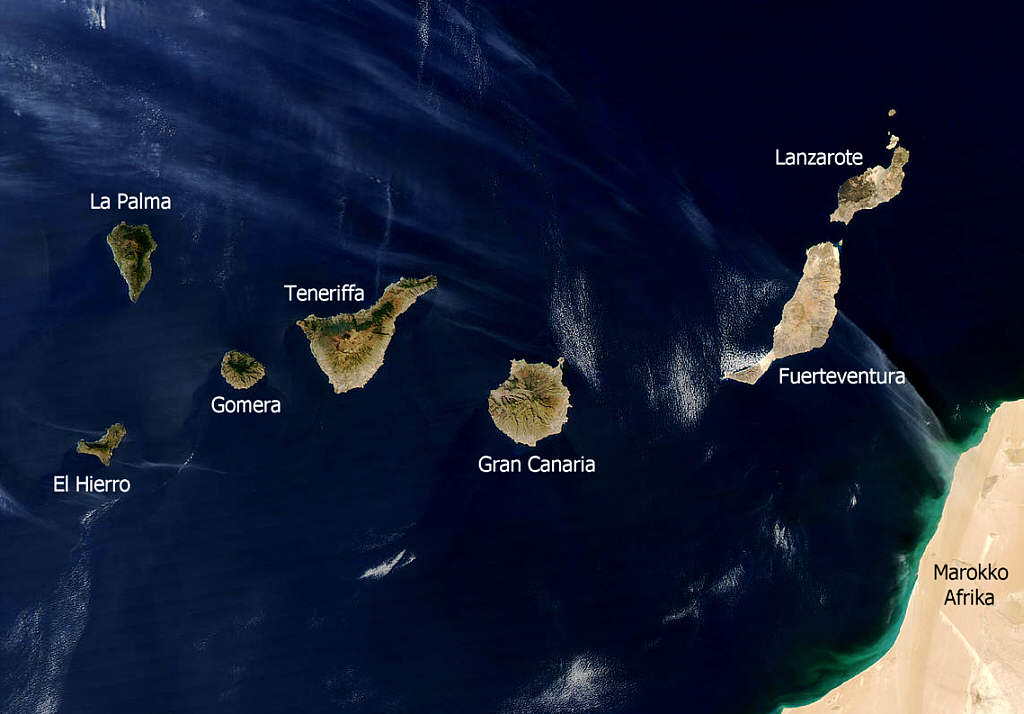 Las Galletas is Tenerife’s most popular diving destination, but it is mostly free of the European tourists who swarm the nearby beach resorts. Known as the Costa del Silencio, the south coast is sheltered from the waves and winds that blast the north.
Las Galletas is Tenerife’s most popular diving destination, but it is mostly free of the European tourists who swarm the nearby beach resorts. Known as the Costa del Silencio, the south coast is sheltered from the waves and winds that blast the north.
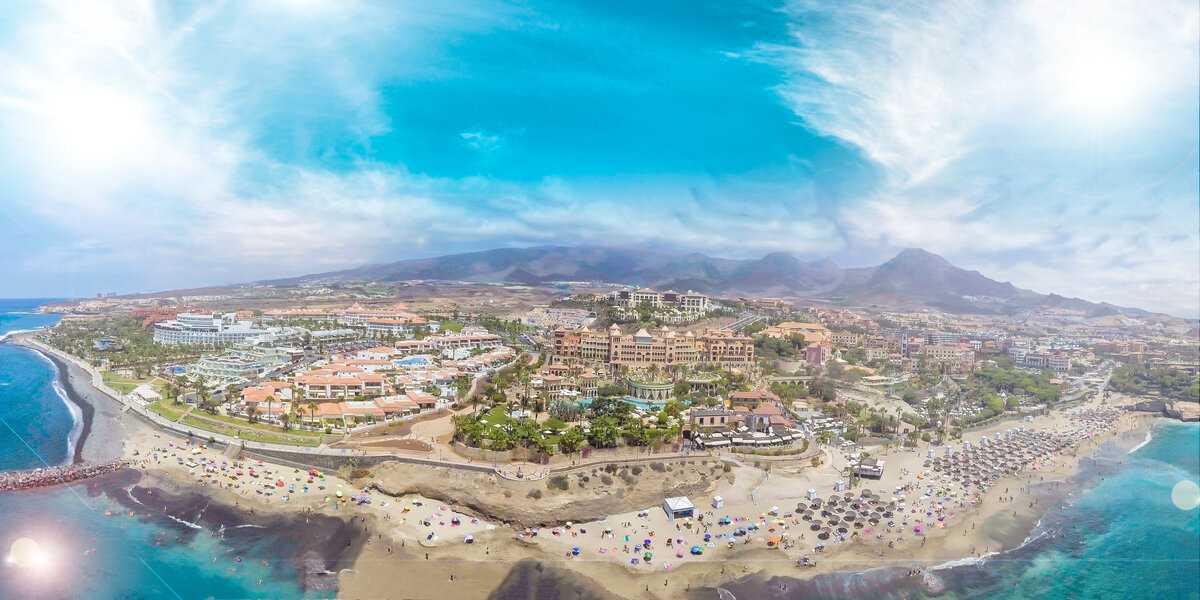
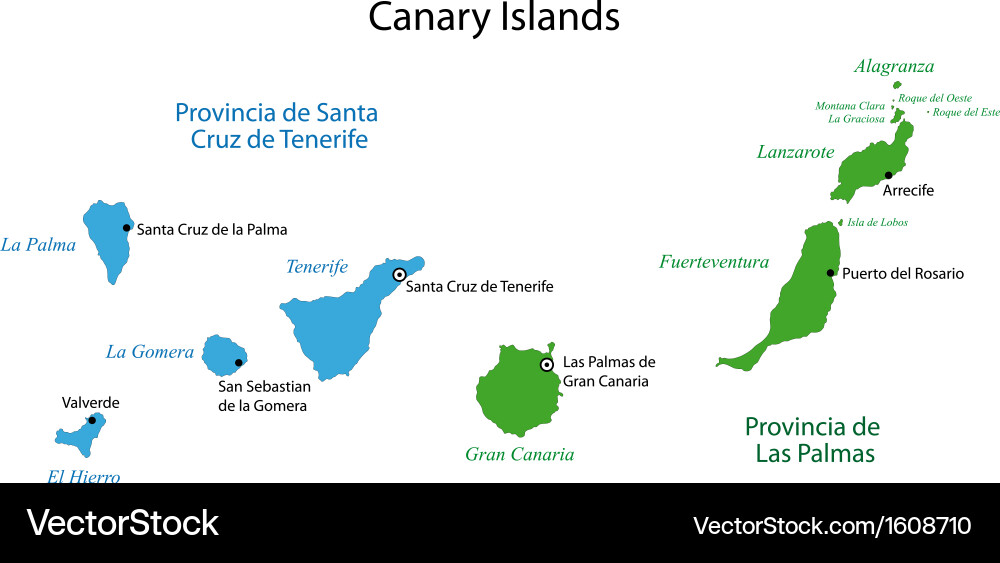 The formations were covered with colorful flora and teemed with fish–flounder, sea worms, squid, another octopus, trumpetfish, reef fish, needlefish.
The formations were covered with colorful flora and teemed with fish–flounder, sea worms, squid, another octopus, trumpetfish, reef fish, needlefish. You dive in the shadow of the massive cliffs to a drop-off that starts at 75 feet, then plummets to 150 feet. The wall is covered in black coral, and at the bottom are two small caves. They are home to several swallowtail sea perch and fangtooth morays. Large jacks and barracuda are also commonly sighted.
You dive in the shadow of the massive cliffs to a drop-off that starts at 75 feet, then plummets to 150 feet. The wall is covered in black coral, and at the bottom are two small caves. They are home to several swallowtail sea perch and fangtooth morays. Large jacks and barracuda are also commonly sighted. Below the waves, La Gomera is known for an abundance of big fish and impressive rock formations. A popular boat dive called Cascante features a cavern at 45 feet, home to many different critters. Divers tour several other formations, then proceed through an arcade before turning back.
Below the waves, La Gomera is known for an abundance of big fish and impressive rock formations. A popular boat dive called Cascante features a cavern at 45 feet, home to many different critters. Divers tour several other formations, then proceed through an arcade before turning back.
 The islands attract twice as many tourists as the Caribbean, but 40 percent of the surface area is set aside for conservation. This, plus the fact that most tourists are concentrated in small pockets on the two largest islands, means lots of elbow room.
The islands attract twice as many tourists as the Caribbean, but 40 percent of the surface area is set aside for conservation. This, plus the fact that most tourists are concentrated in small pockets on the two largest islands, means lots of elbow room.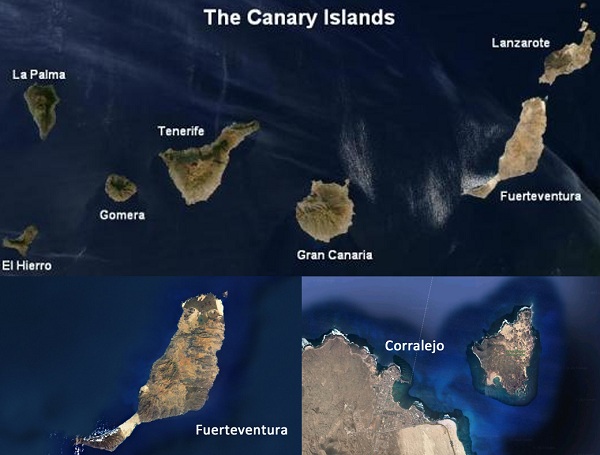 The Canaries stretch about 300 miles from east to west, with the easternmost island 60 miles off the coast of Morocco.
The Canaries stretch about 300 miles from east to west, with the easternmost island 60 miles off the coast of Morocco. Credit cards are widely accepted and there are plenty of ATMs.
Credit cards are widely accepted and there are plenty of ATMs.

 You can call +34 963 974 383 to find out if we offer international moving services from your country.
You can call +34 963 974 383 to find out if we offer international moving services from your country.  Either way, our agents work every day to provide the best Canary Islands moving services tailored to your needs so that your move to the Canary Islands goes smoothly.
Either way, our agents work every day to provide the best Canary Islands moving services tailored to your needs so that your move to the Canary Islands goes smoothly.  We also provide export and import services for the car to the Canary Islands.
We also provide export and import services for the car to the Canary Islands. 
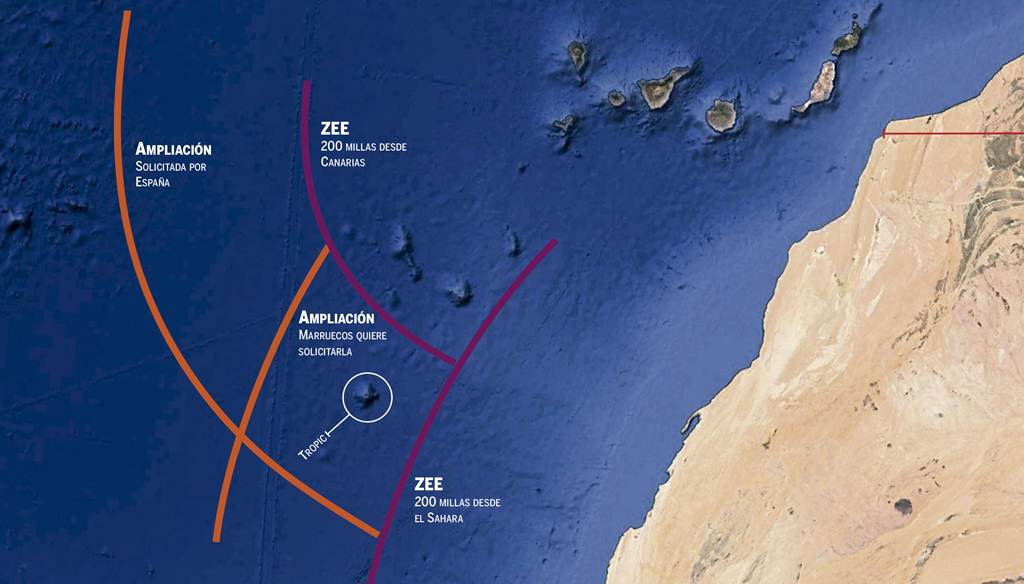
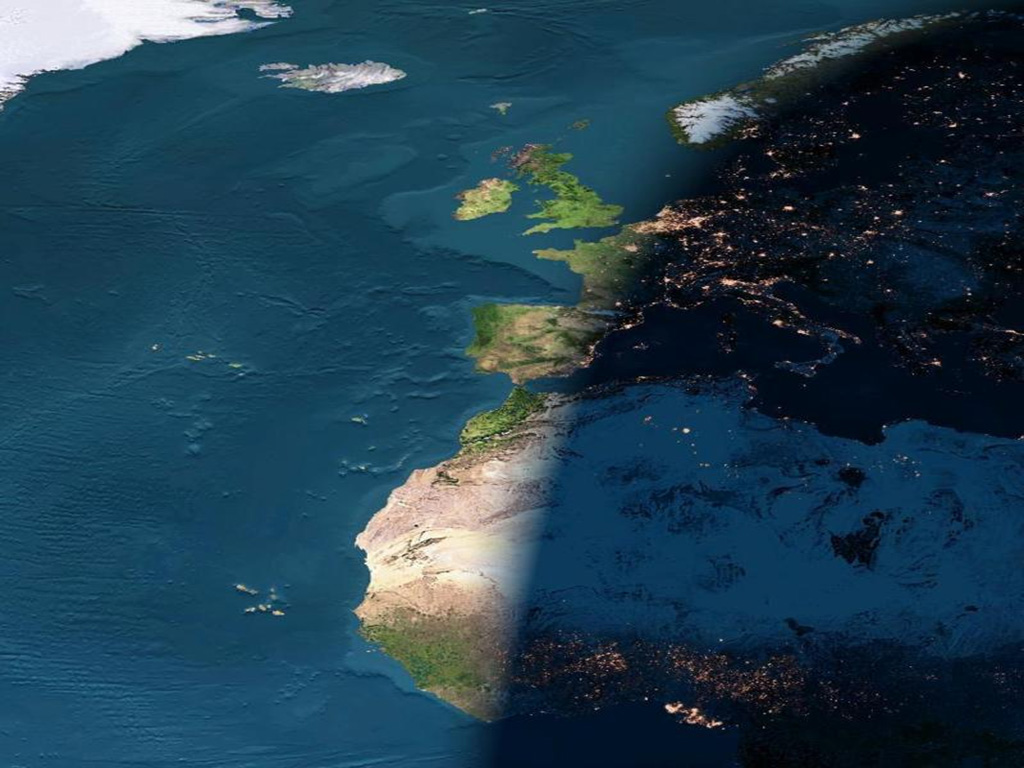 Since, due to the high demand for housing during these months, it becomes almost impossible to find one.
Since, due to the high demand for housing during these months, it becomes almost impossible to find one. 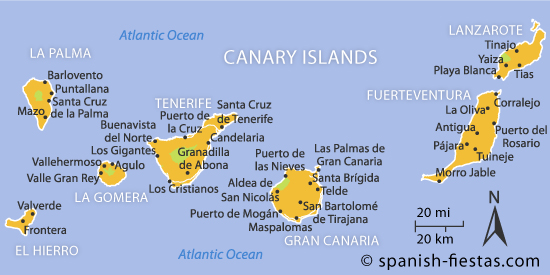
 To move around any island, it is best to use a car, because more and more new roads are being built here that allow you to move around any island. Renting a car will not be a problem as there are several international as well as local car rental companies operating on the islands.
To move around any island, it is best to use a car, because more and more new roads are being built here that allow you to move around any island. Renting a car will not be a problem as there are several international as well as local car rental companies operating on the islands. 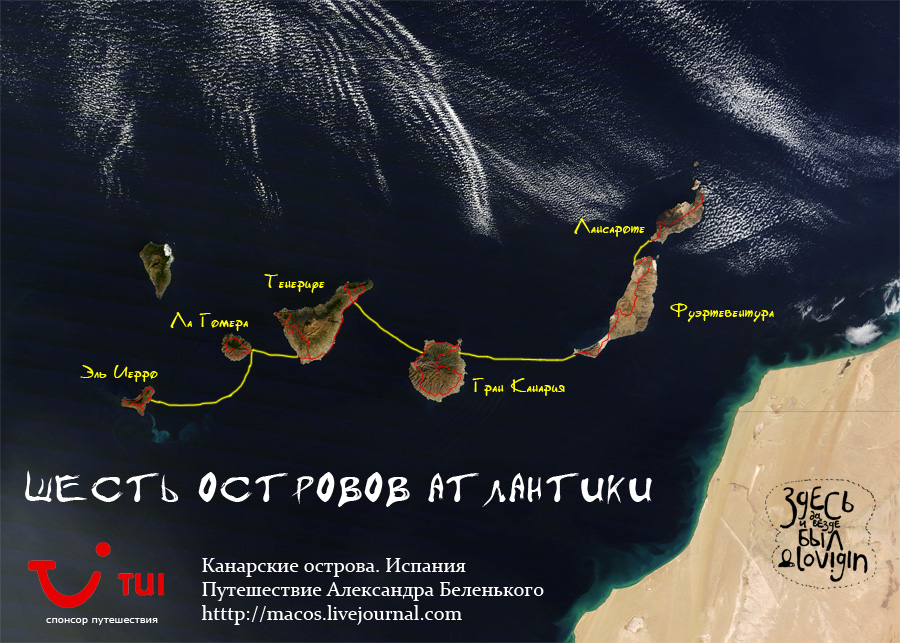 containers (peninsula, Balearic Islands) with door-to-door delivery.
containers (peninsula, Balearic Islands) with door-to-door delivery.  Mudinmar has all the necessary supplies to protect and care for your personal belongings for your move to the Canary Islands:
Mudinmar has all the necessary supplies to protect and care for your personal belongings for your move to the Canary Islands: 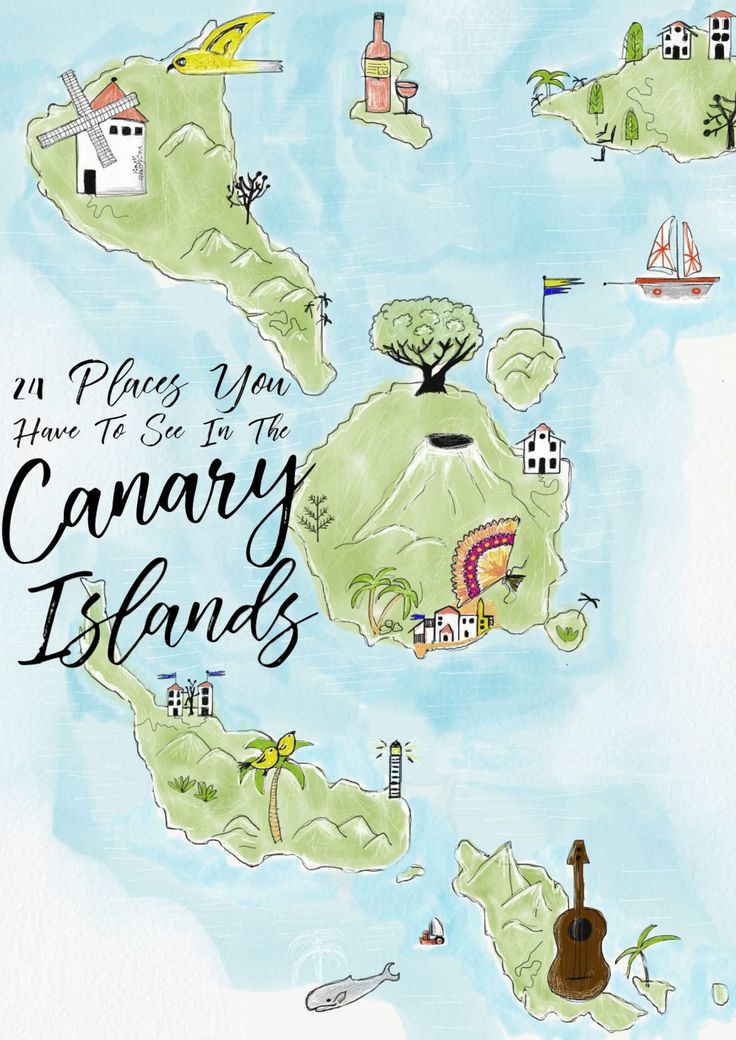
 But few people know that there is another place on the island that is called “Paisaje lunar”, which translates as “Lunar Landscape” and this piece of natural park is really worthy of special attention!
But few people know that there is another place on the island that is called “Paisaje lunar”, which translates as “Lunar Landscape” and this piece of natural park is really worthy of special attention! 
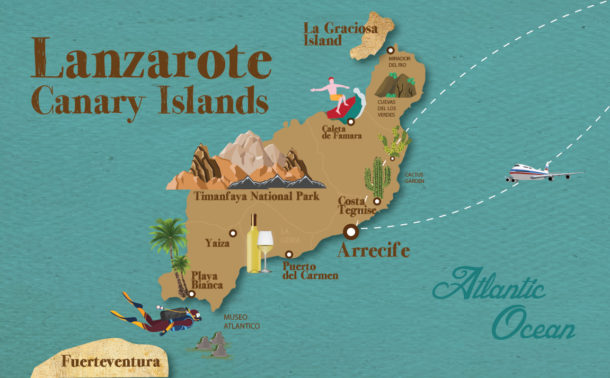 165236, -16.634311. This is the route we recommend.
165236, -16.634311. This is the route we recommend. 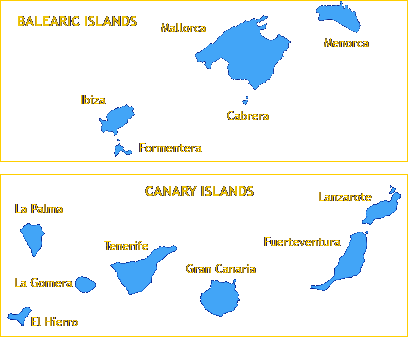 7 km long. Thus, you can make a “ring” walk, 7 km long. We advise you to take the path that goes to the right.
7 km long. Thus, you can make a “ring” walk, 7 km long. We advise you to take the path that goes to the right. 
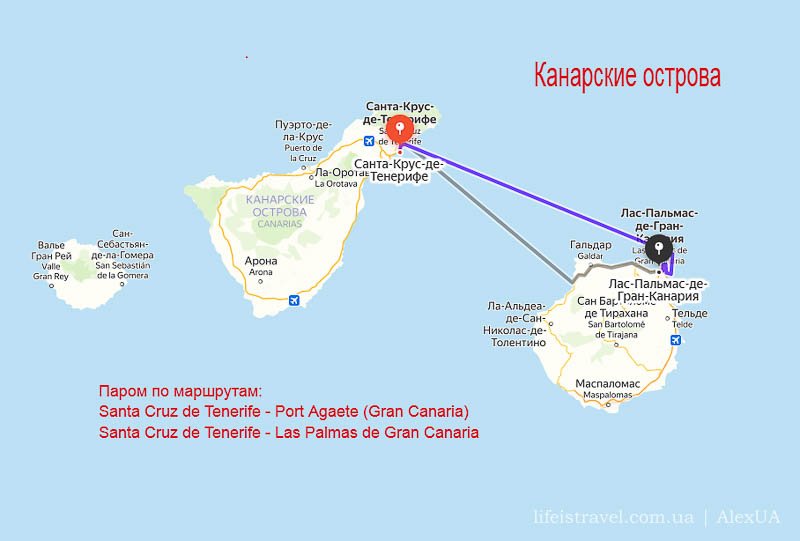
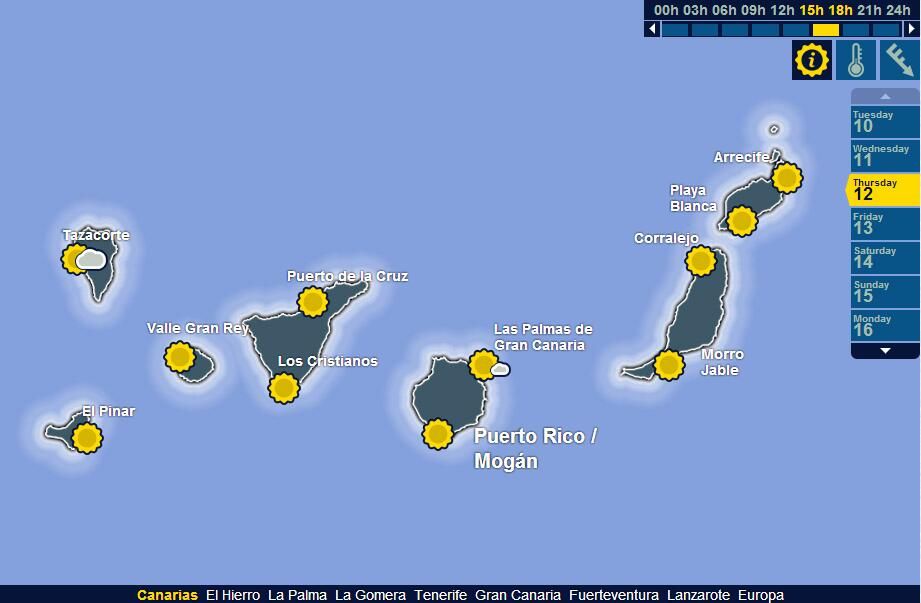 Bizarrely shaped stone peaks, as if hewn by someone by hand, are striving upward, piercing the blue sky.
Bizarrely shaped stone peaks, as if hewn by someone by hand, are striving upward, piercing the blue sky. 
 In total, there are 8 air terminals on the territory, three of which are large international ones, including Gran Canaria Airport.
In total, there are 8 air terminals on the territory, three of which are large international ones, including Gran Canaria Airport. 
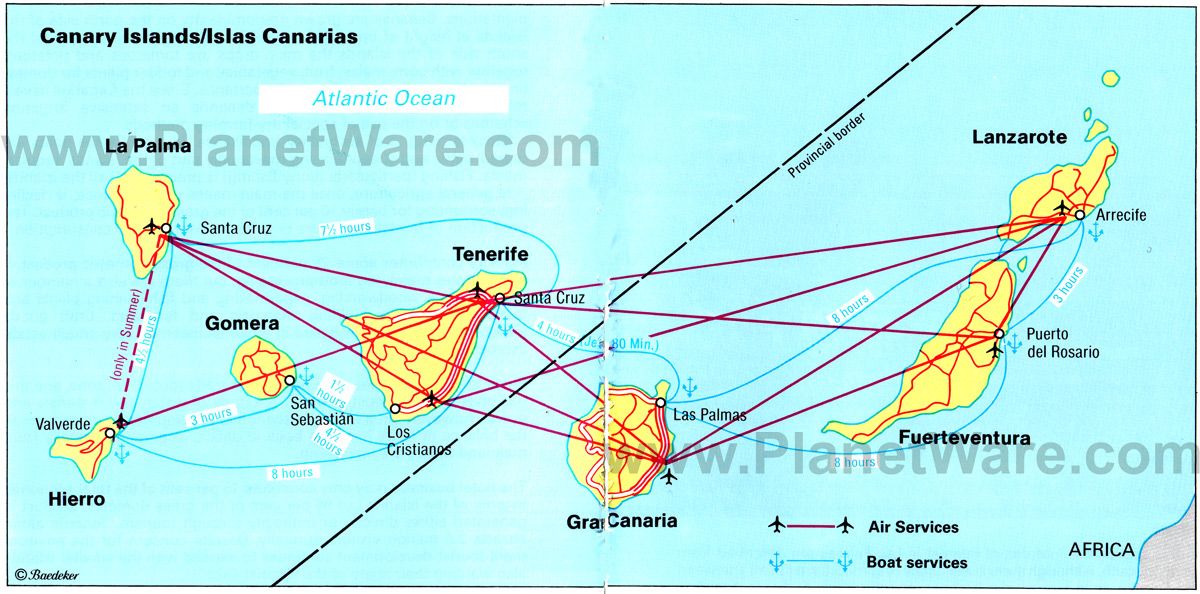 The online scoreboard itself is divided into columns:
The online scoreboard itself is divided into columns:  Additional information is available at the link.
Additional information is available at the link.  5-2 hours for 9.35 euros, to Los Cristianos in 20-25 minutes for 3.2 euros, to Puerto de la Cruz in 2-3 hours for 13.55 euros, to Costa Adeje in 1-1.5 hours for 3.7 euros. *
5-2 hours for 9.35 euros, to Los Cristianos in 20-25 minutes for 3.2 euros, to Puerto de la Cruz in 2-3 hours for 13.55 euros, to Costa Adeje in 1-1.5 hours for 3.7 euros. * 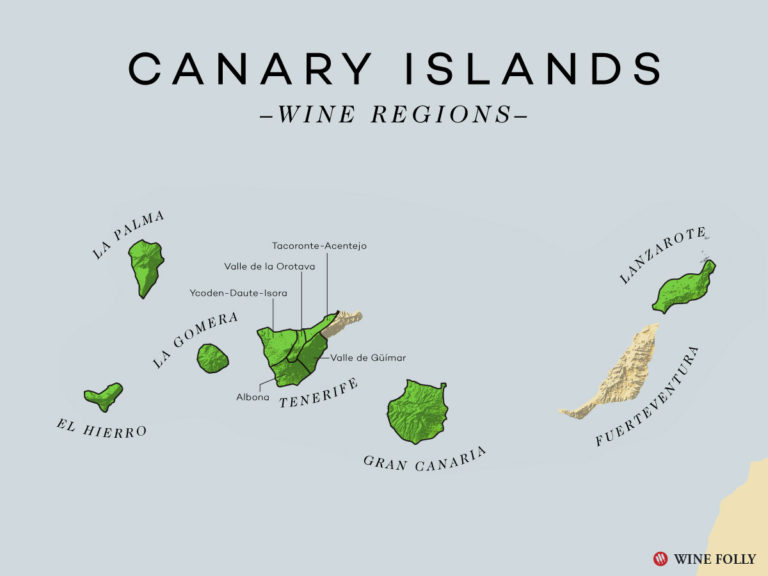

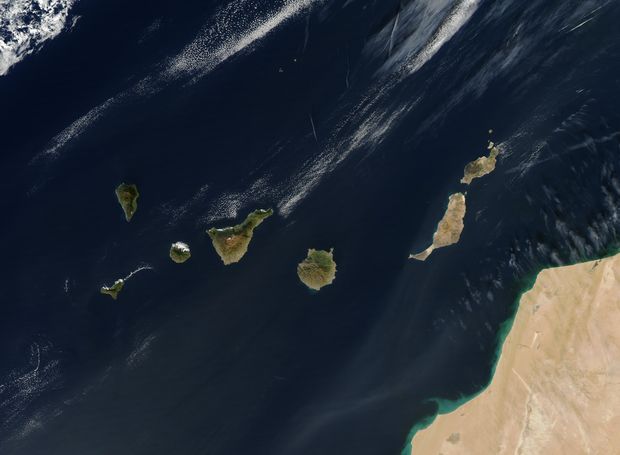 The first one is located in terminal 1, the second one is in terminal 2. The cost of parking is the same. For an hour without a reservation you will have to pay 1.12 euros, with a reservation – 1 euro.*
The first one is located in terminal 1, the second one is in terminal 2. The cost of parking is the same. For an hour without a reservation you will have to pay 1.12 euros, with a reservation – 1 euro.* 
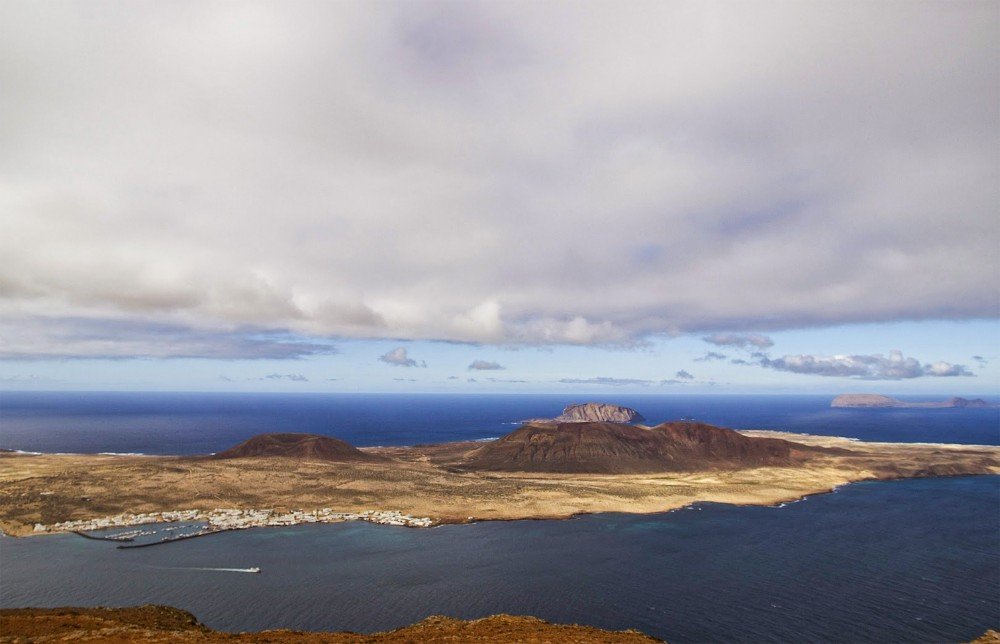 Passengers of all religions who wish to pray have access.
Passengers of all religions who wish to pray have access.  The closest ones are:
The closest ones are: 